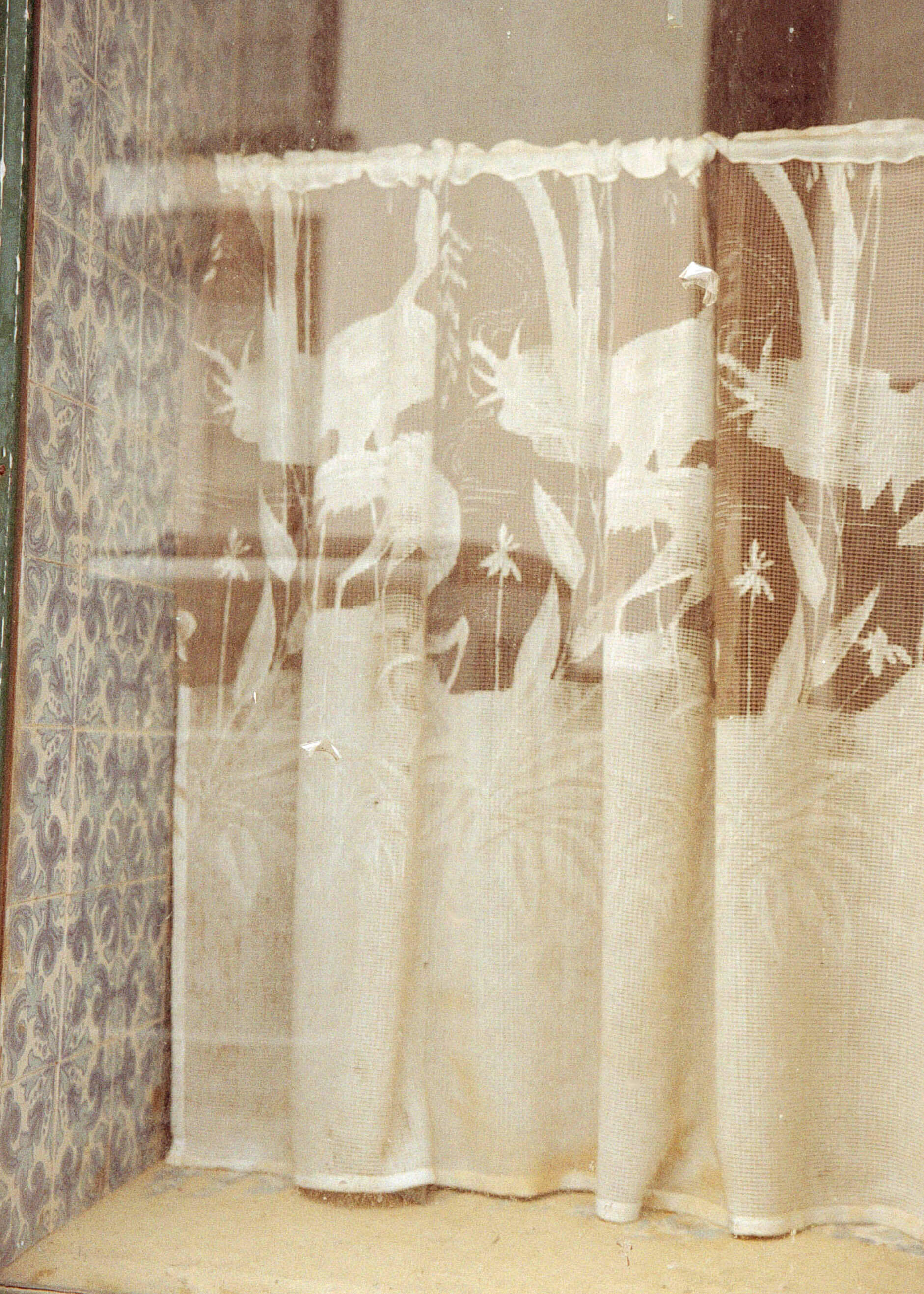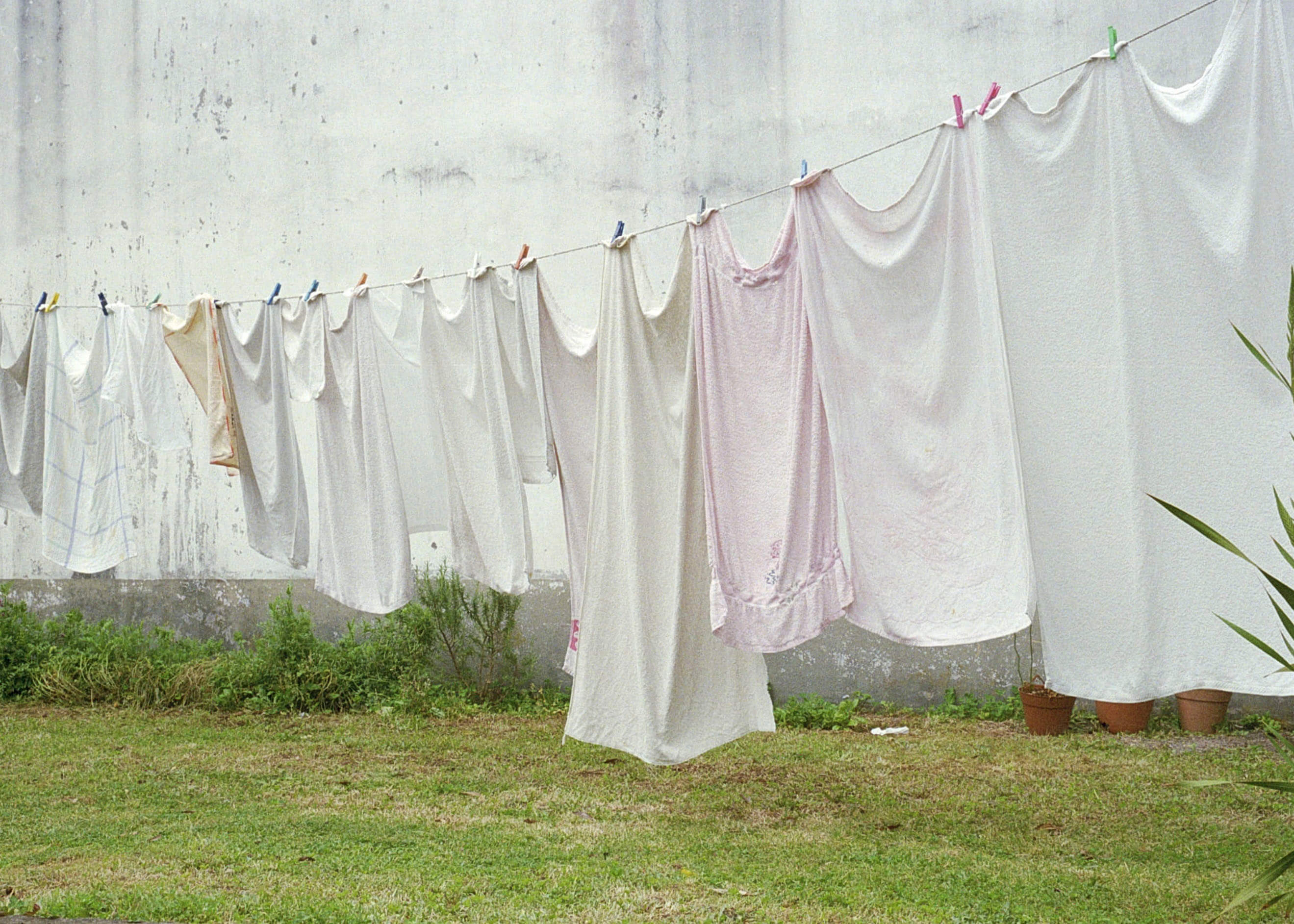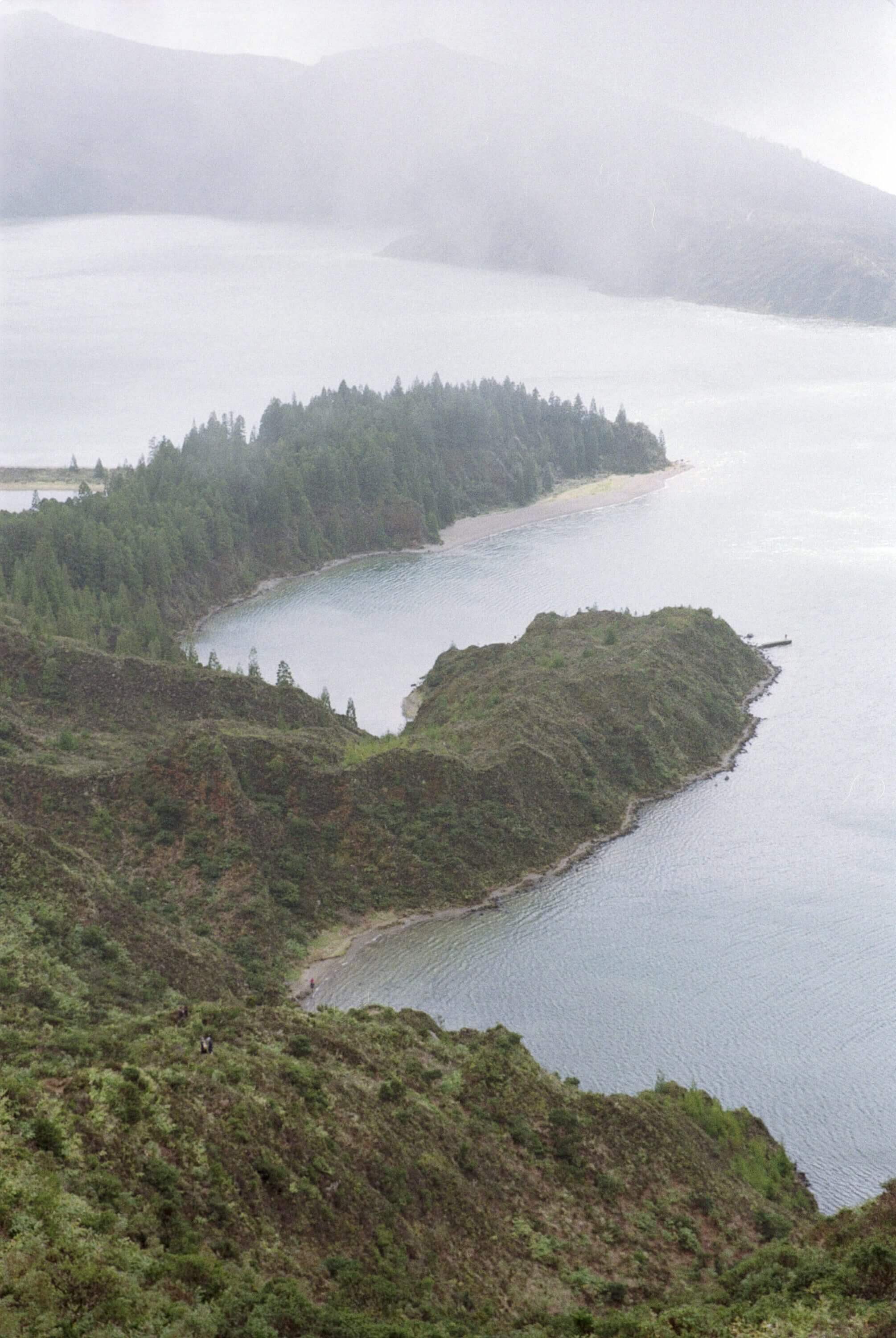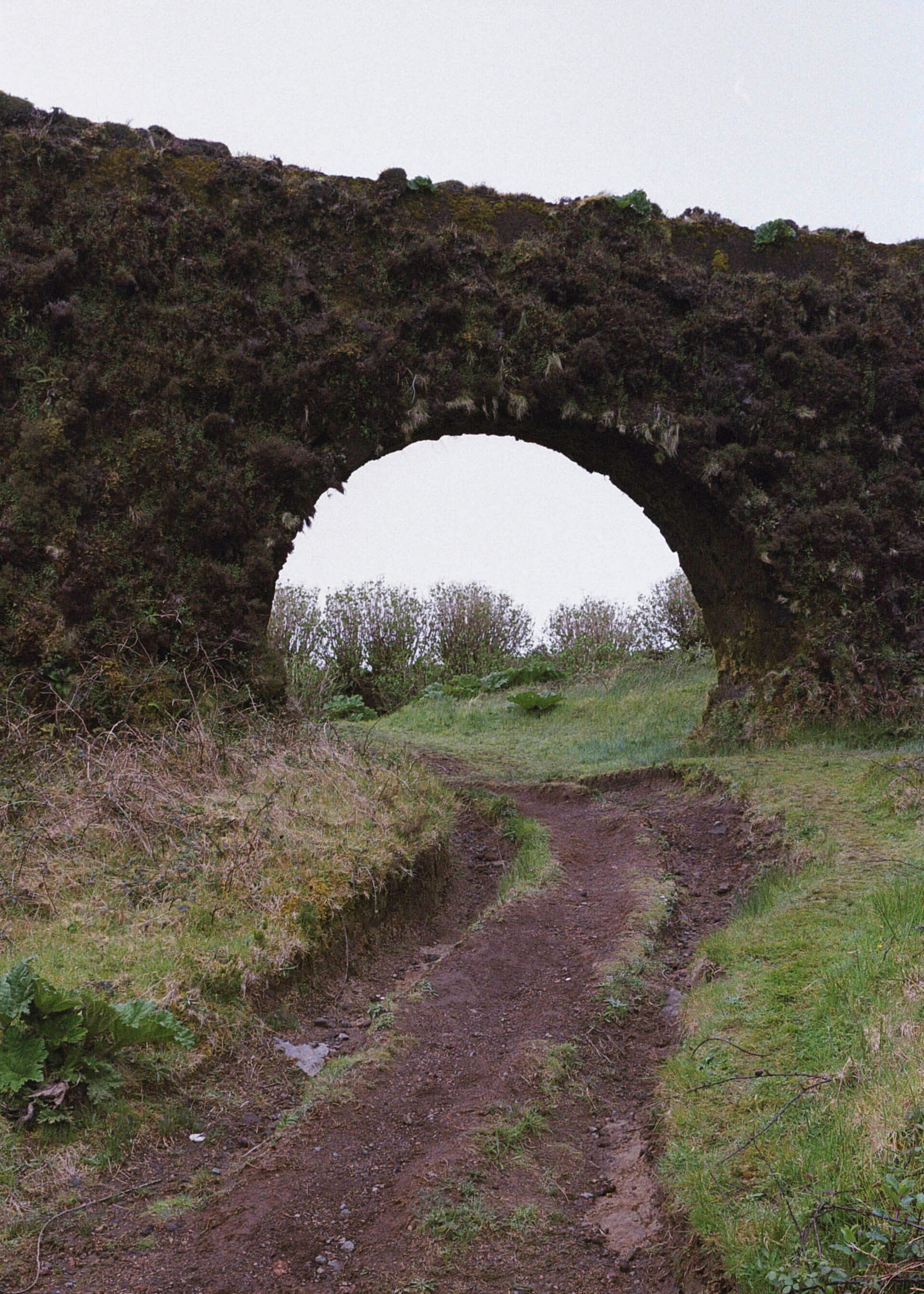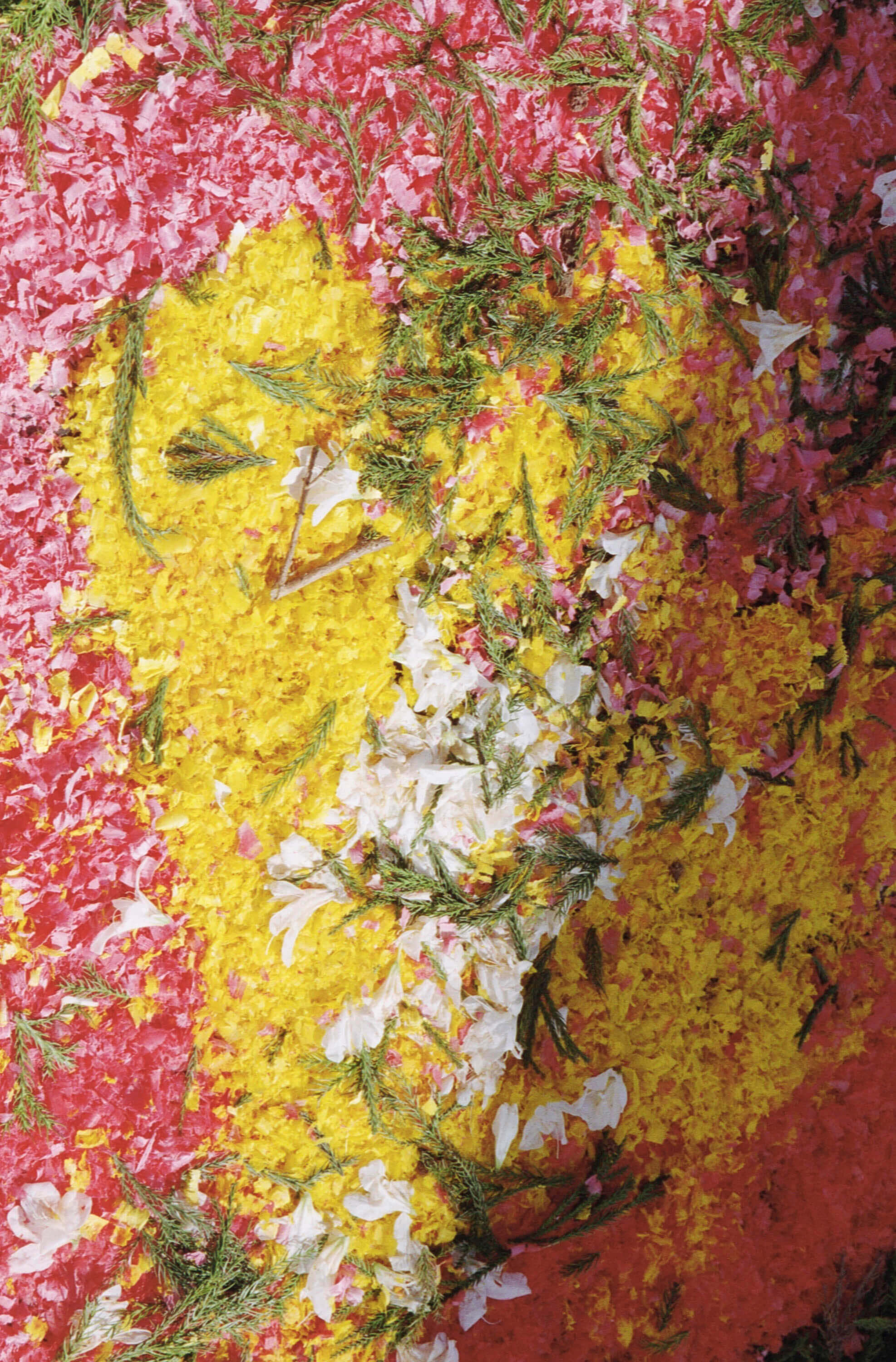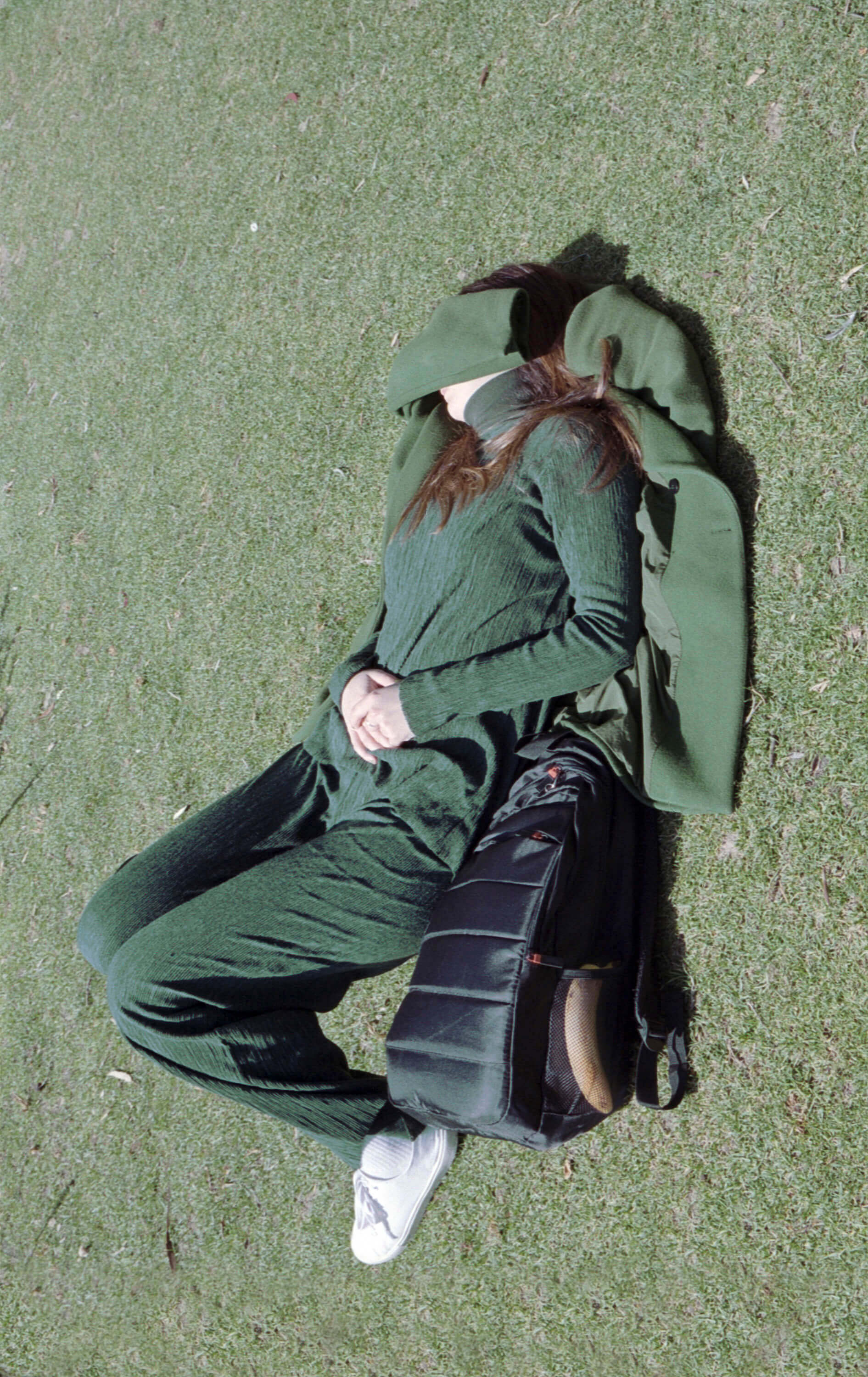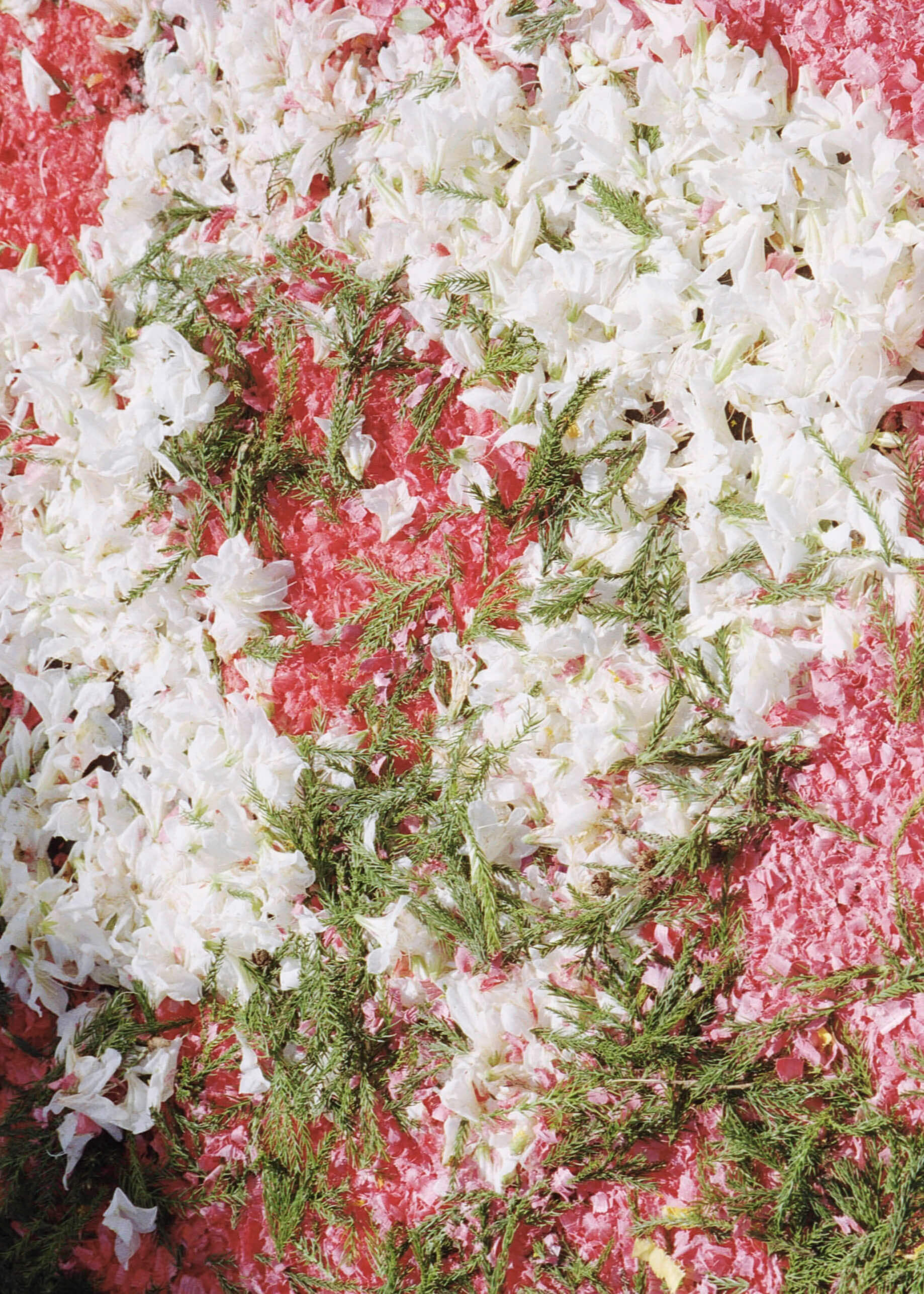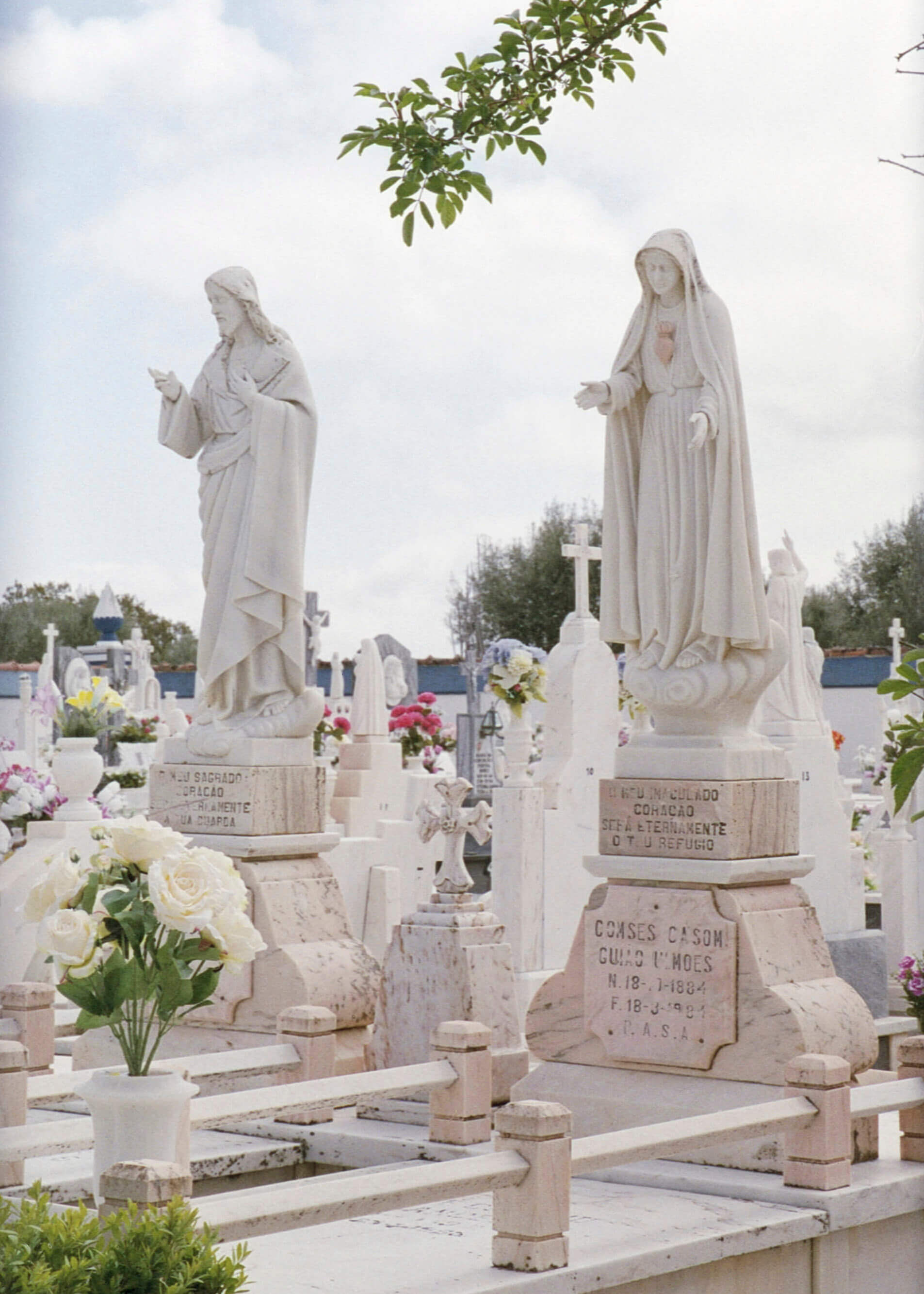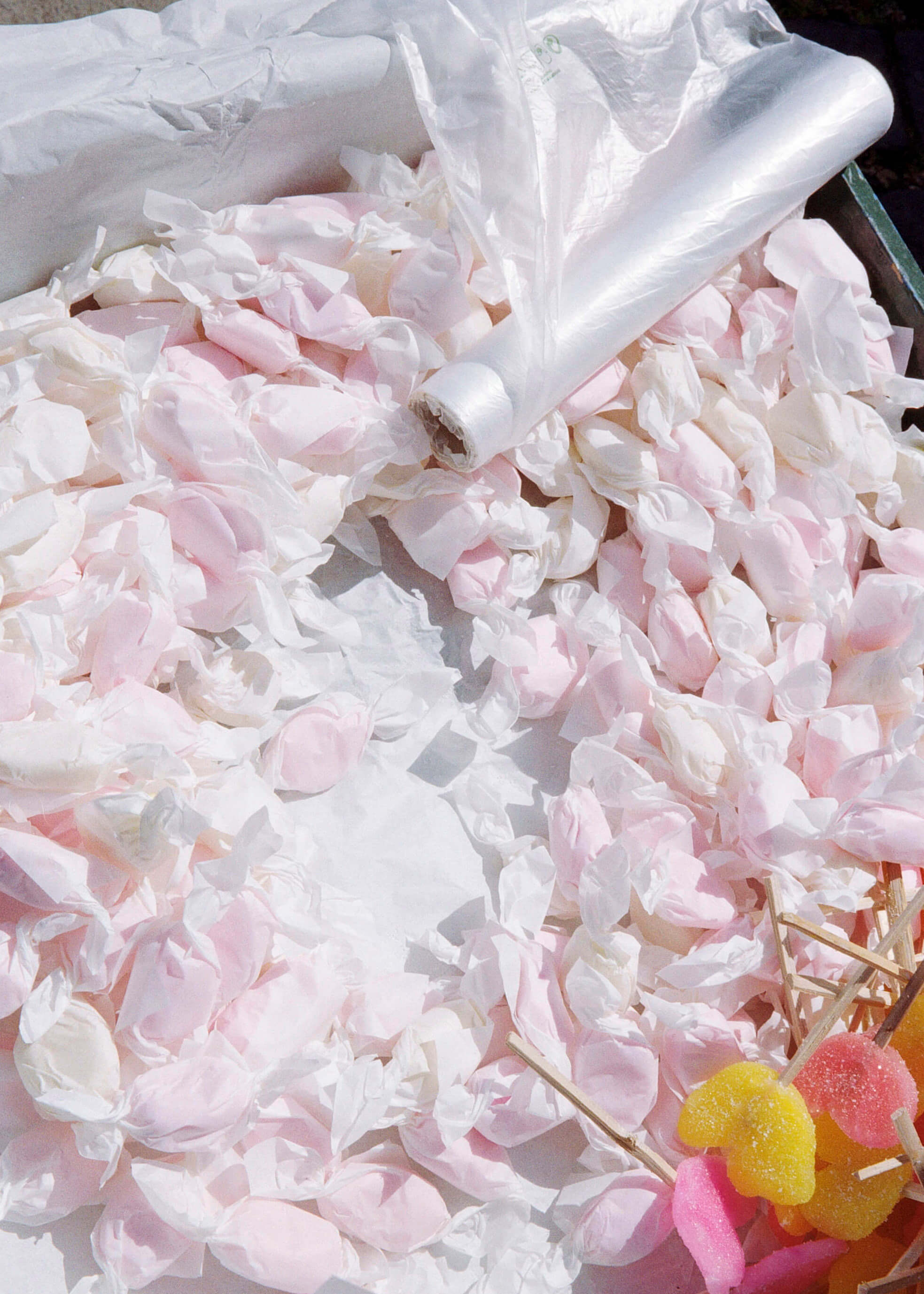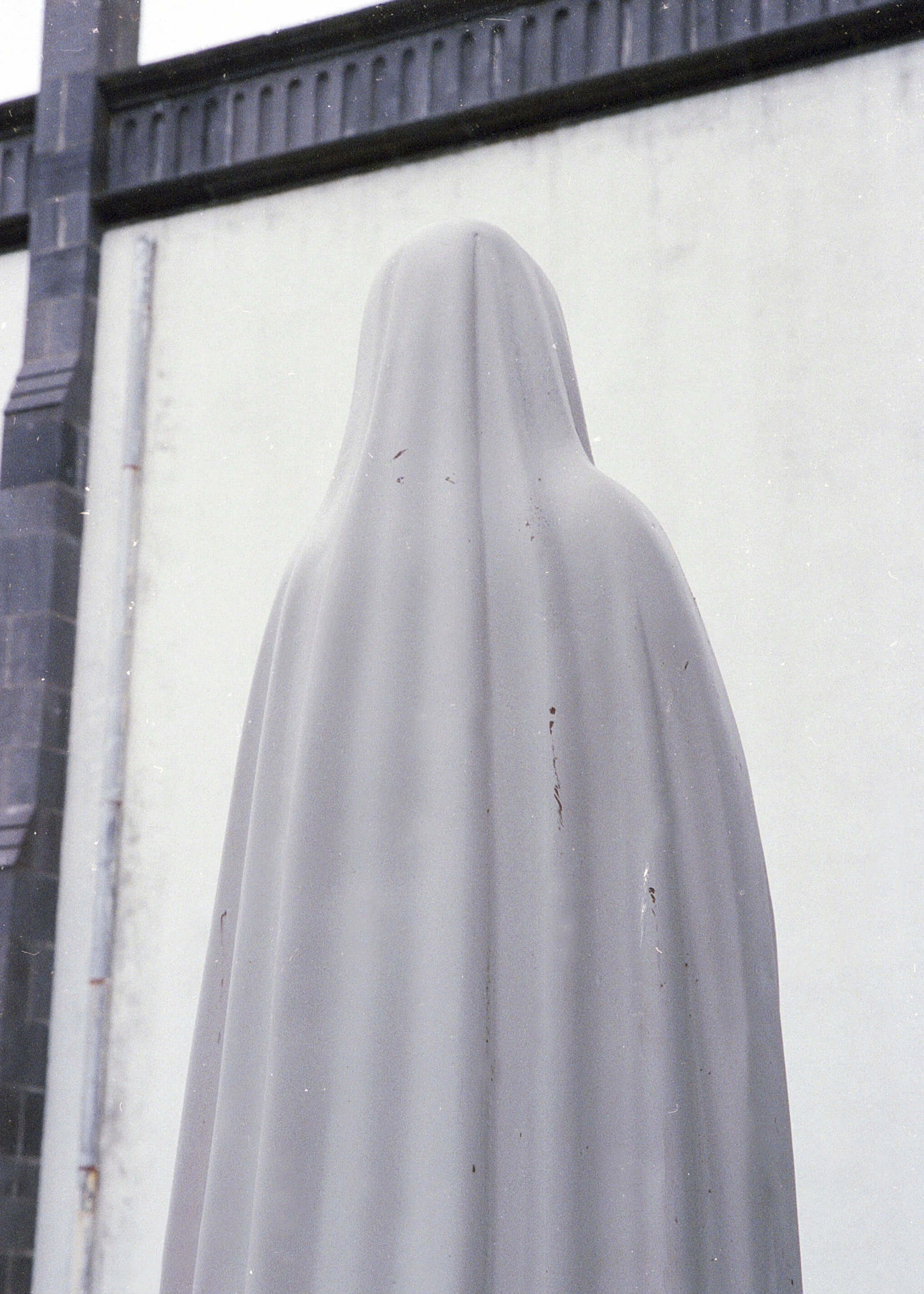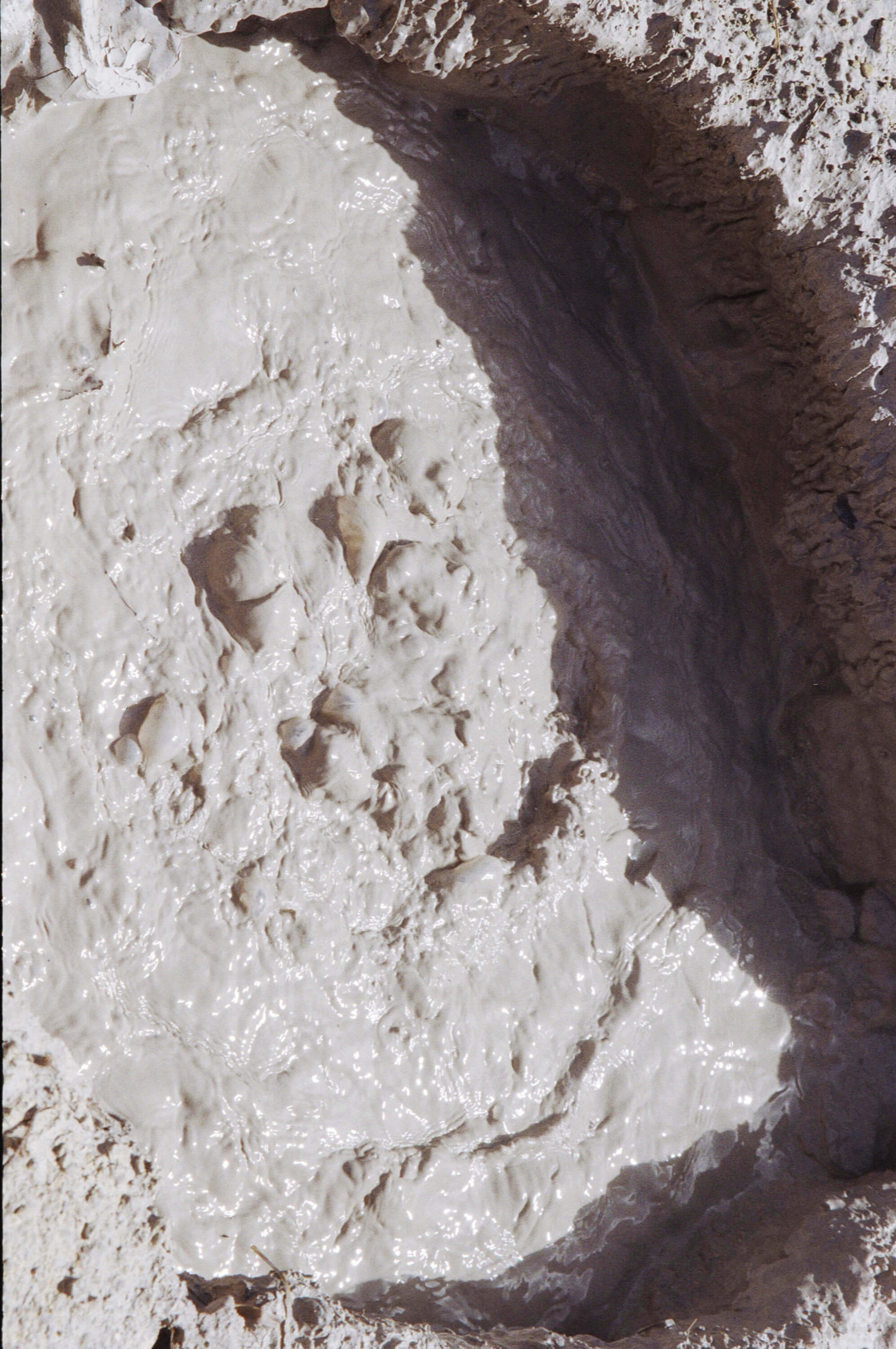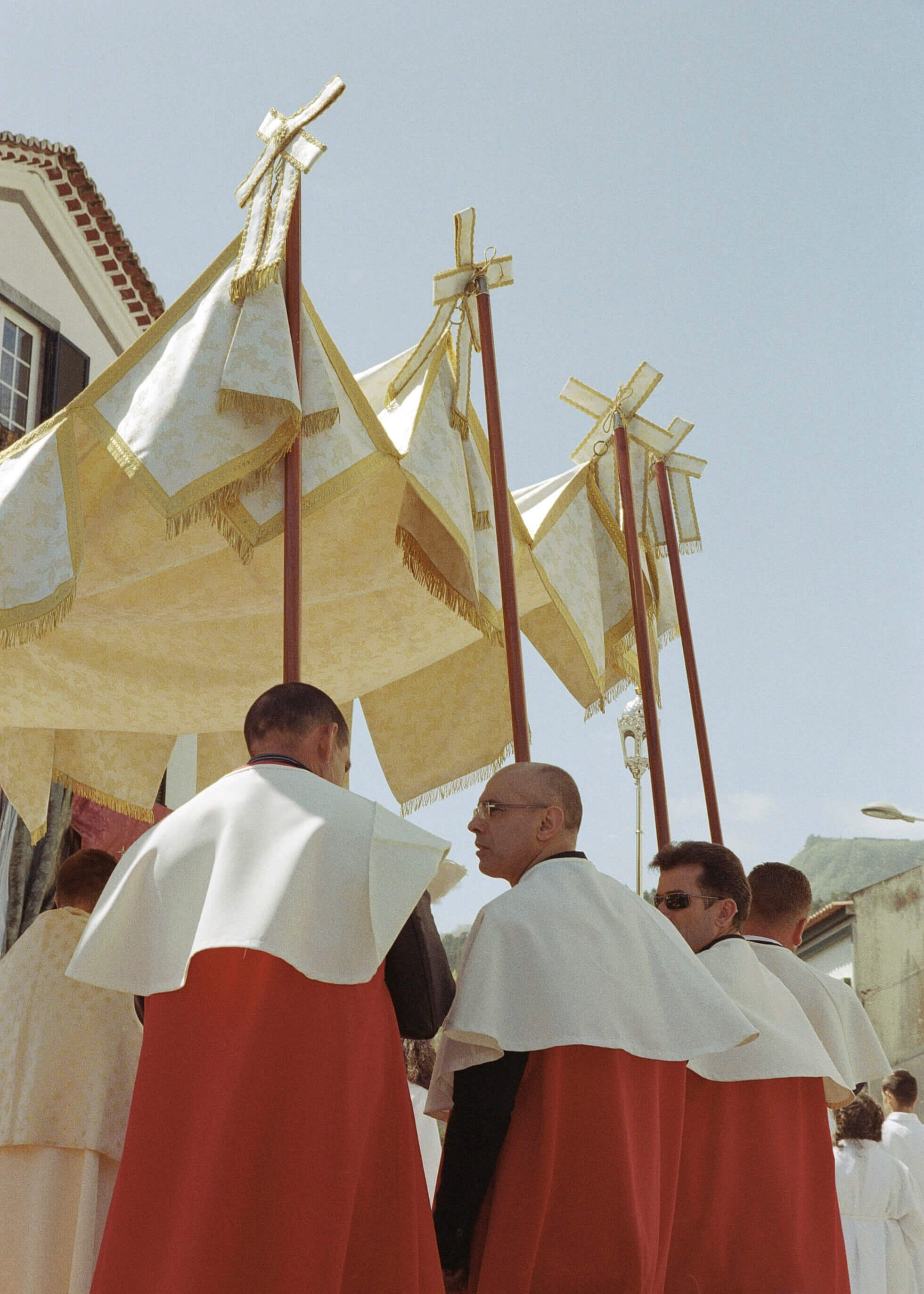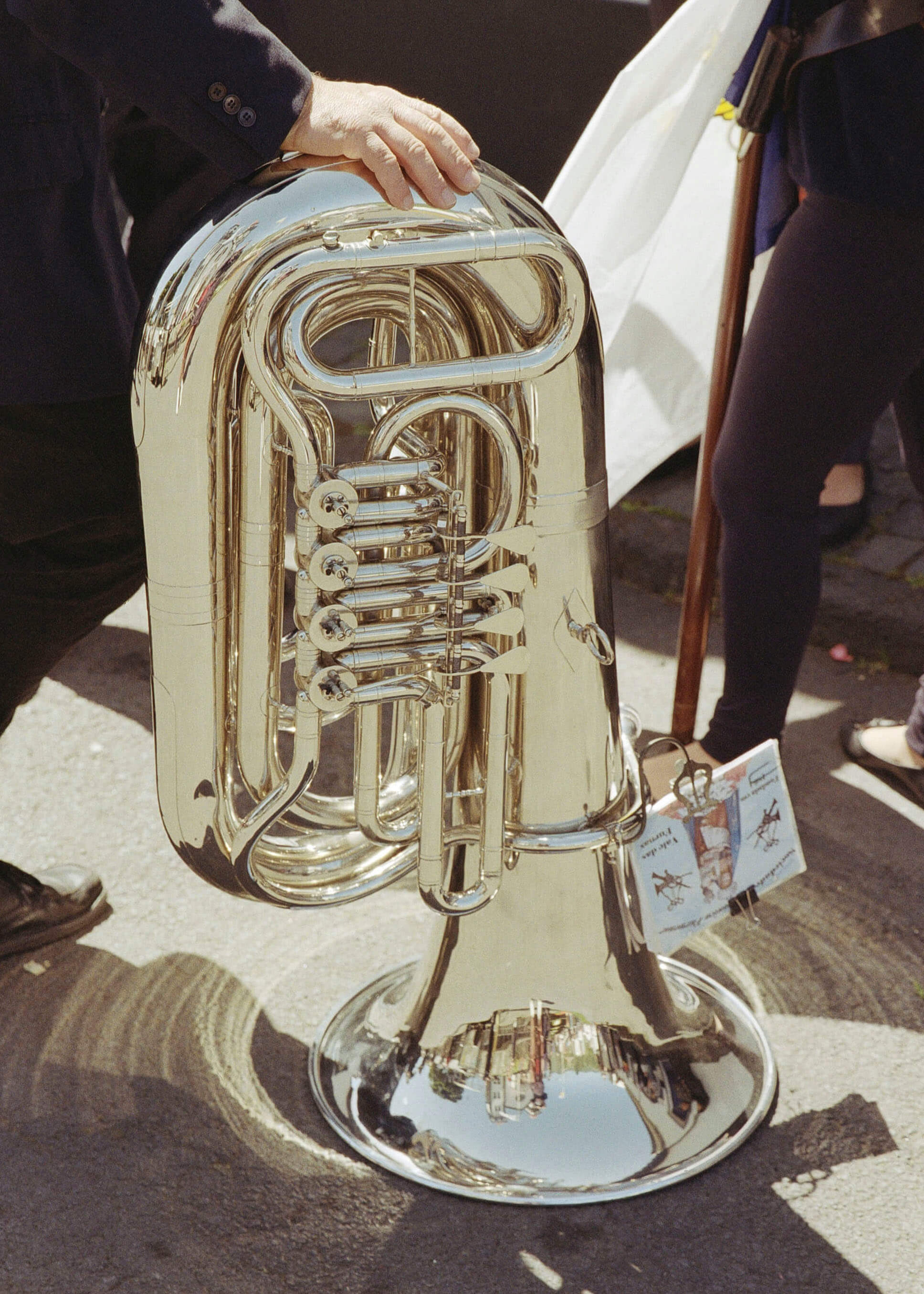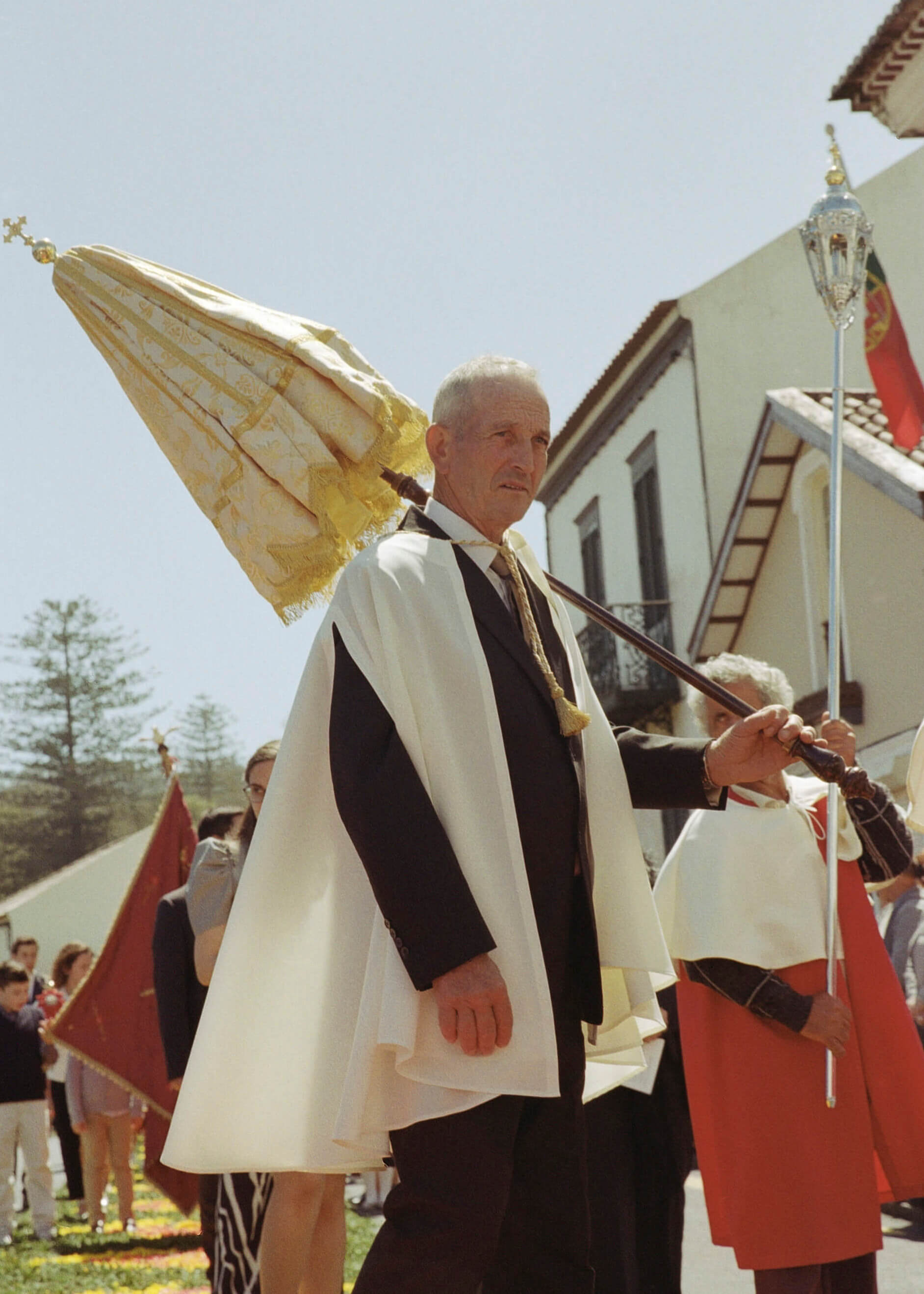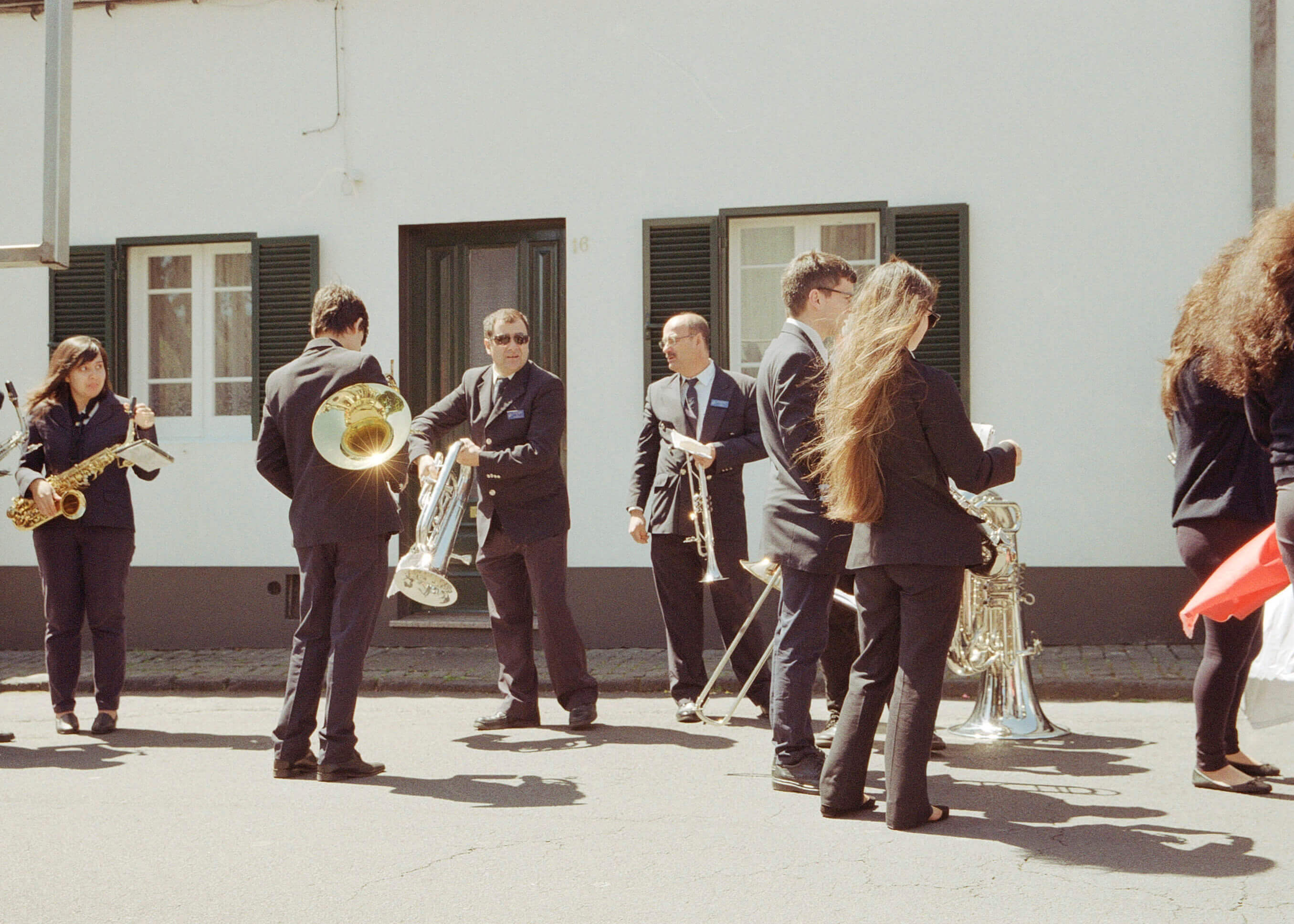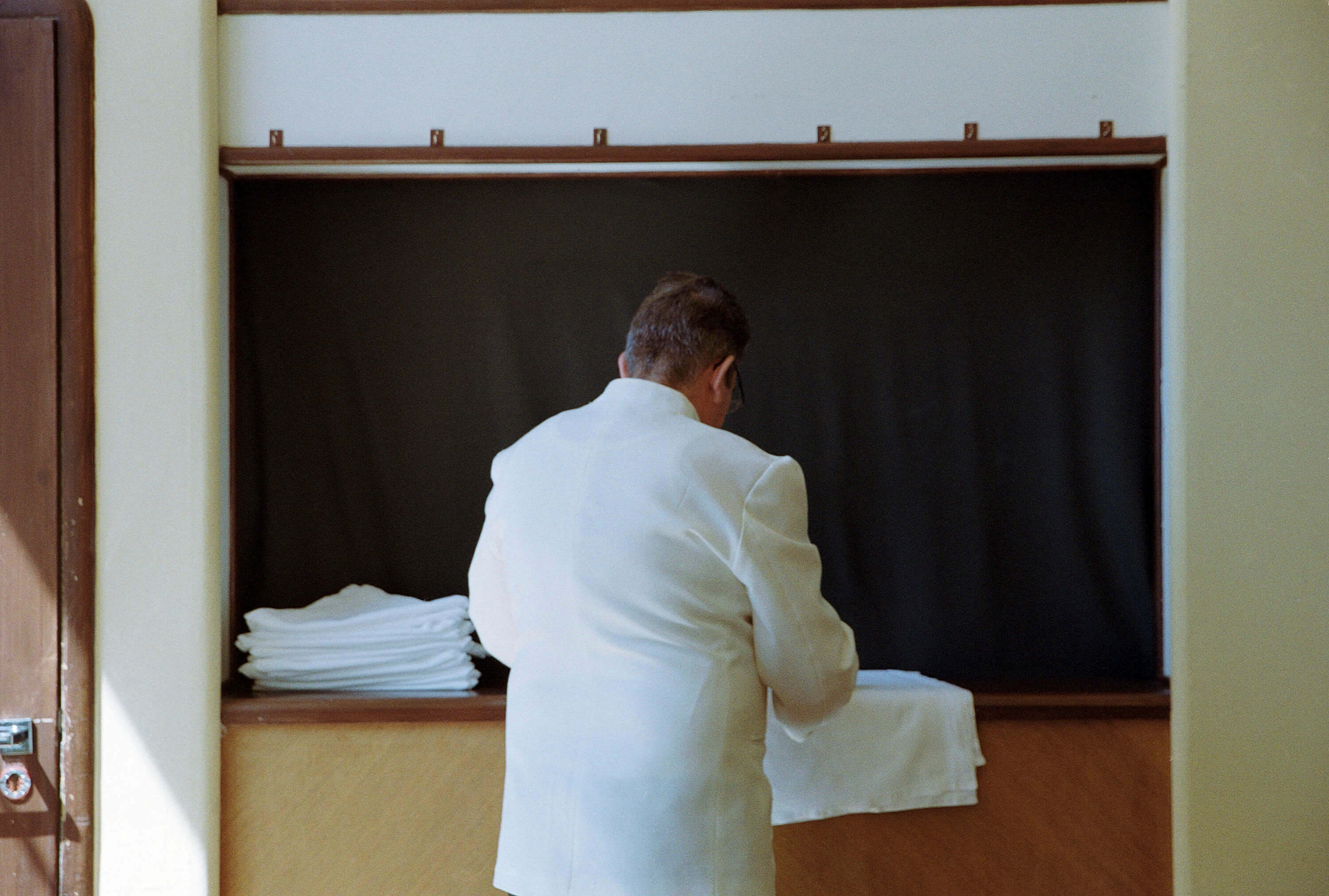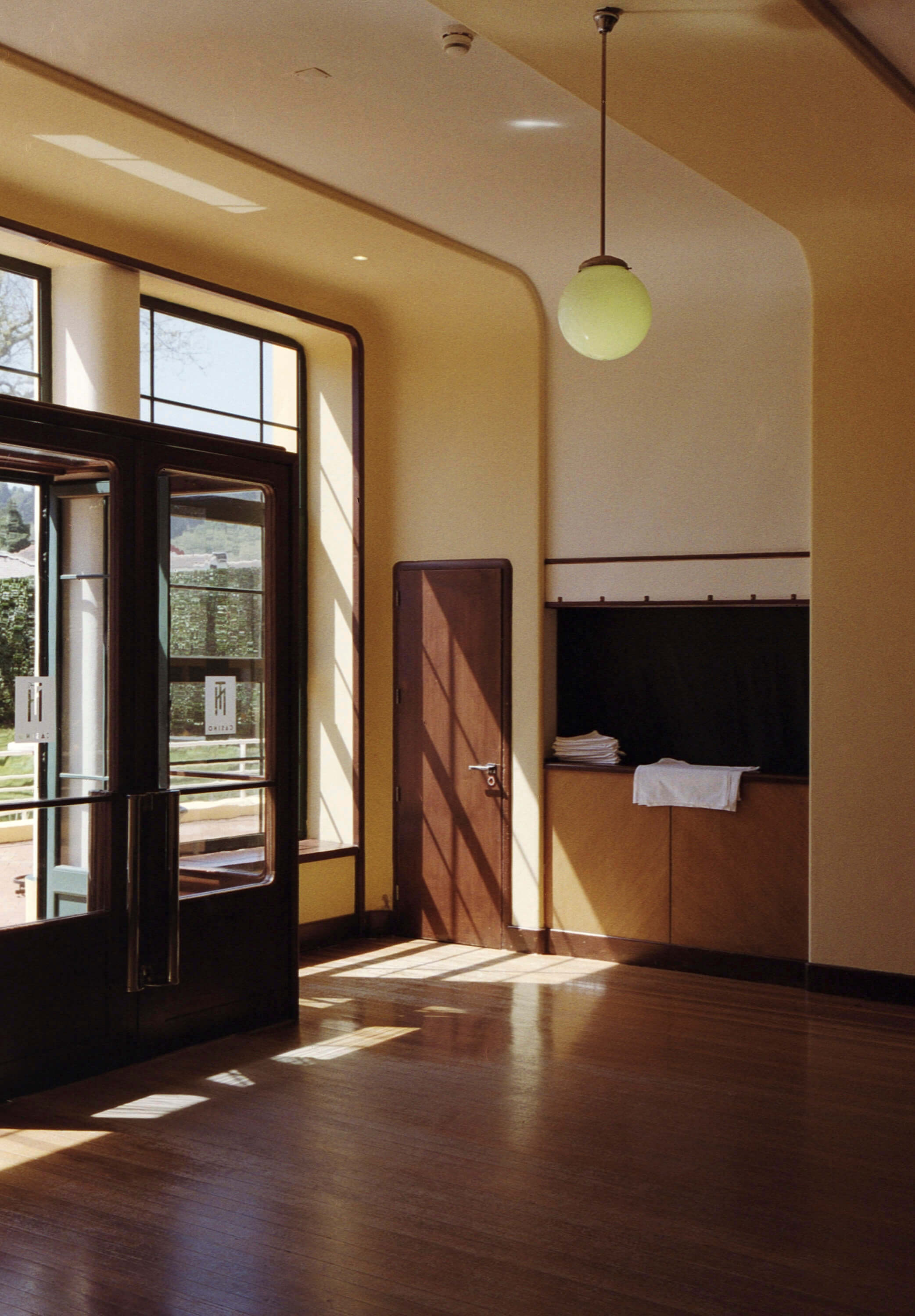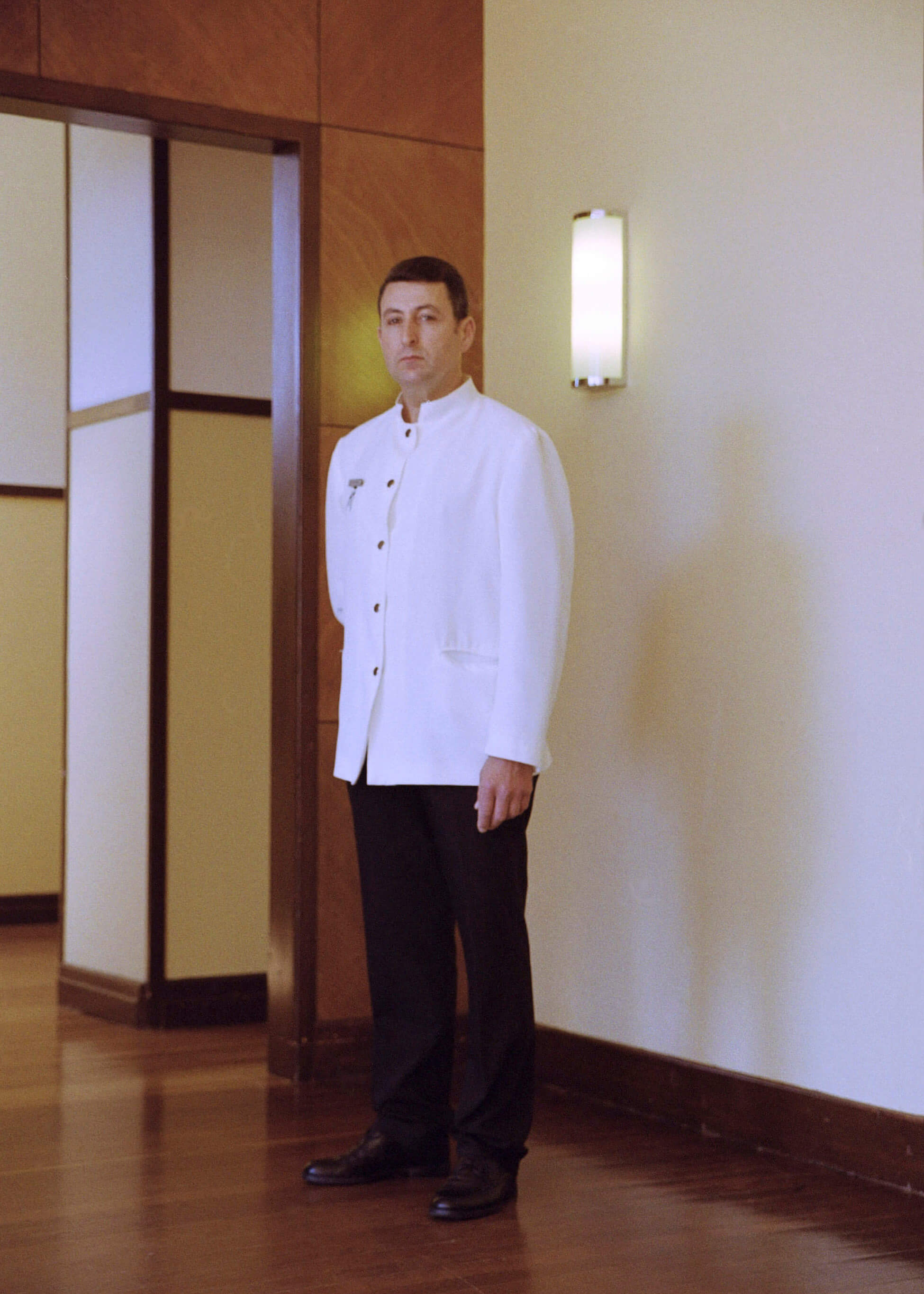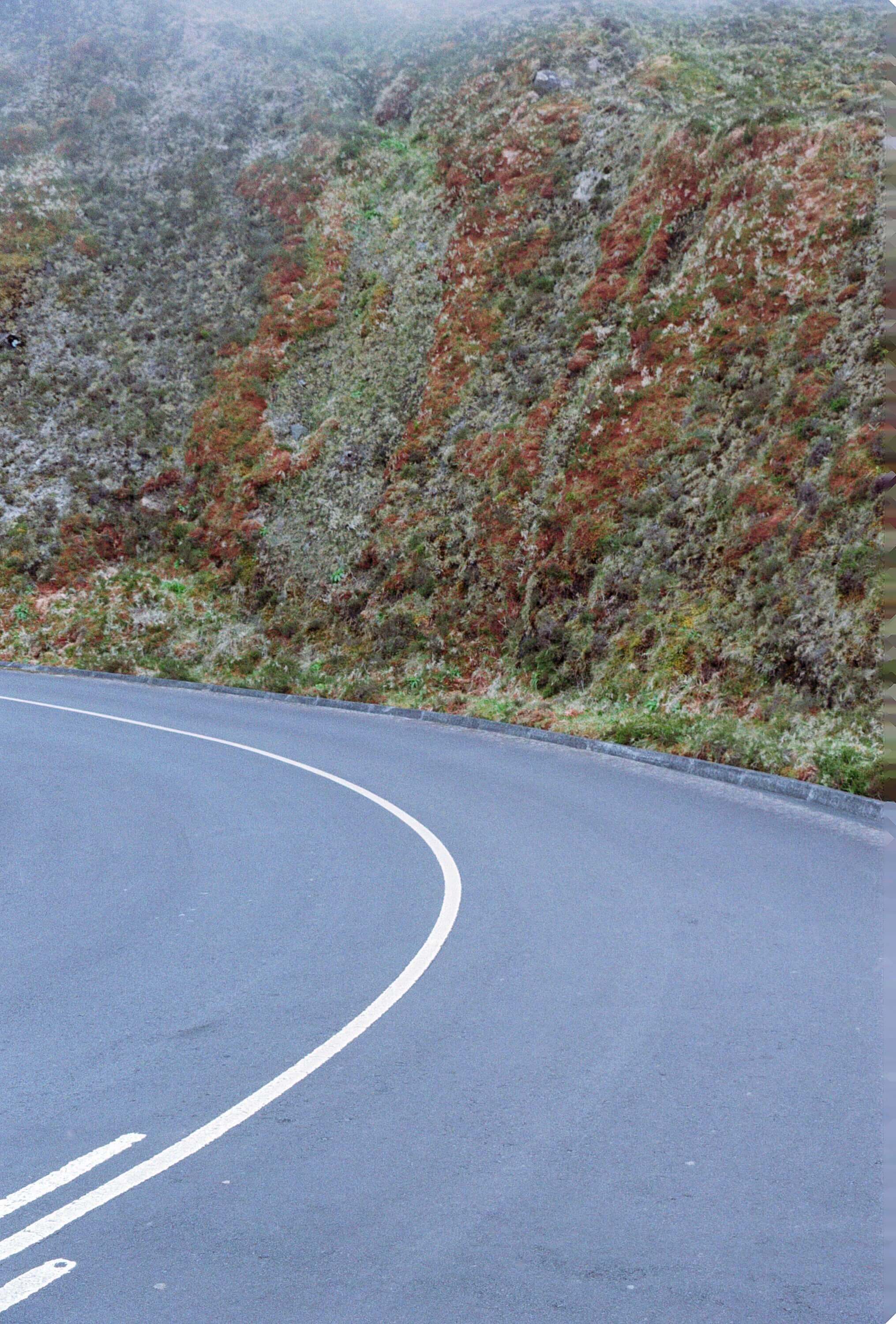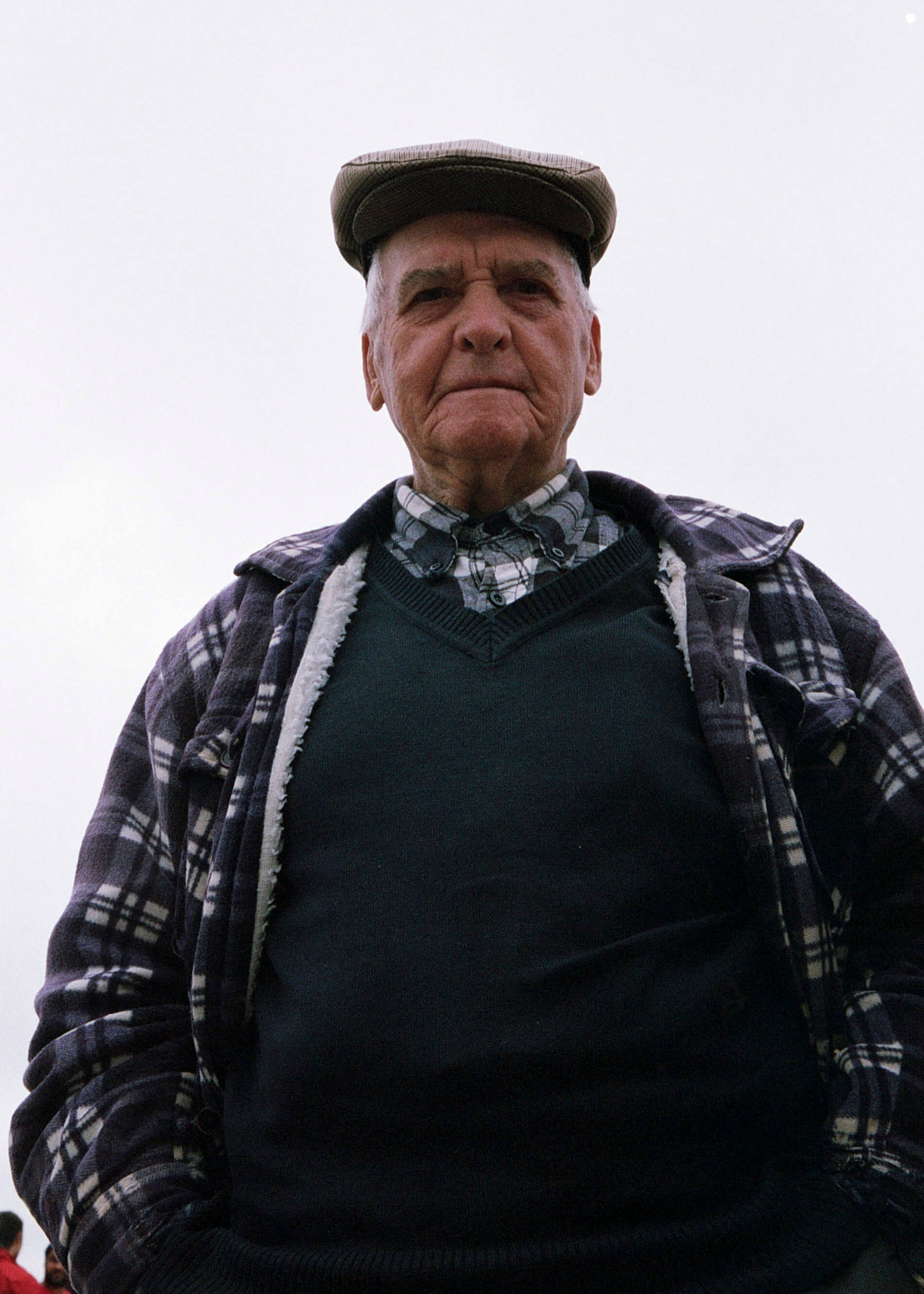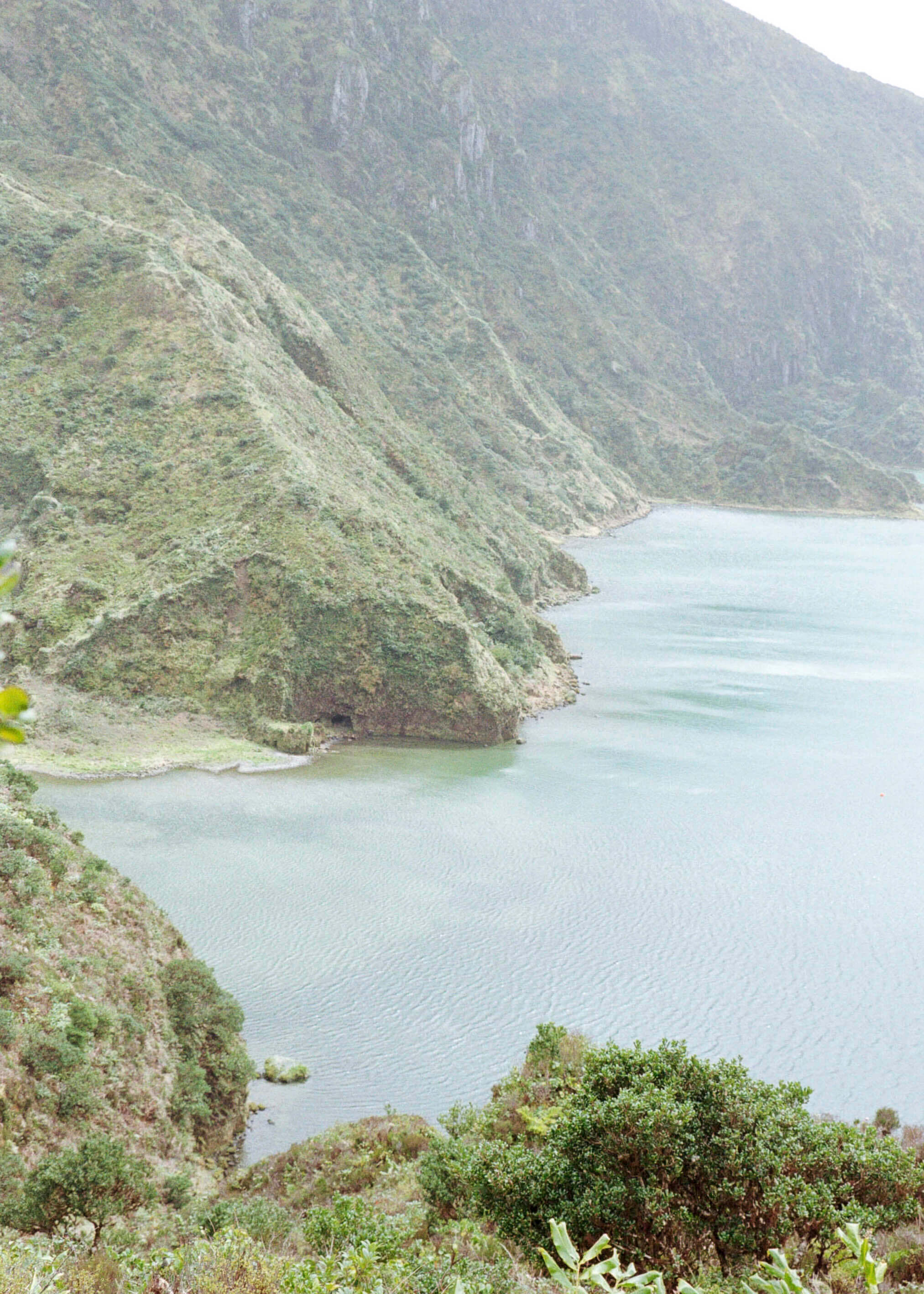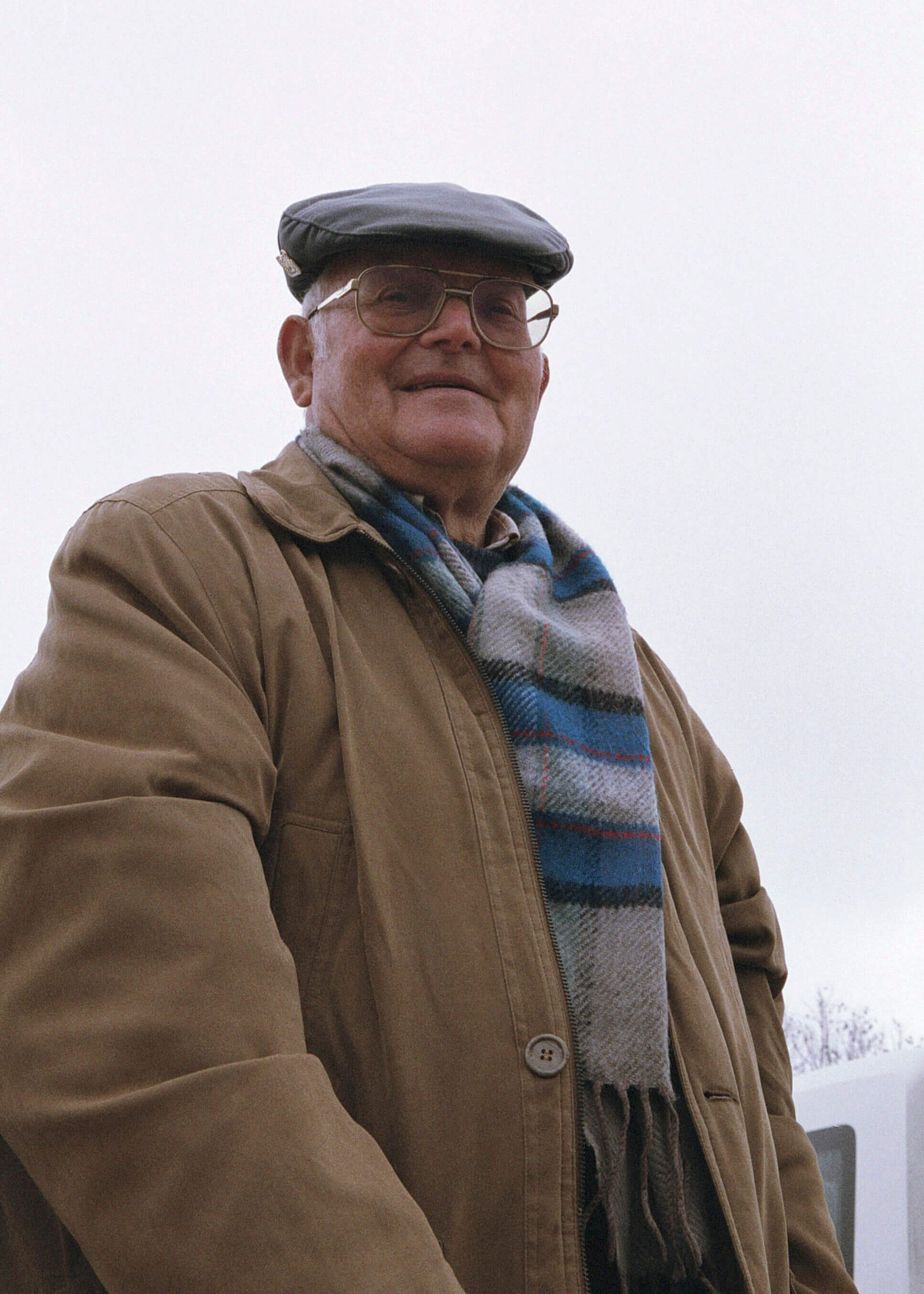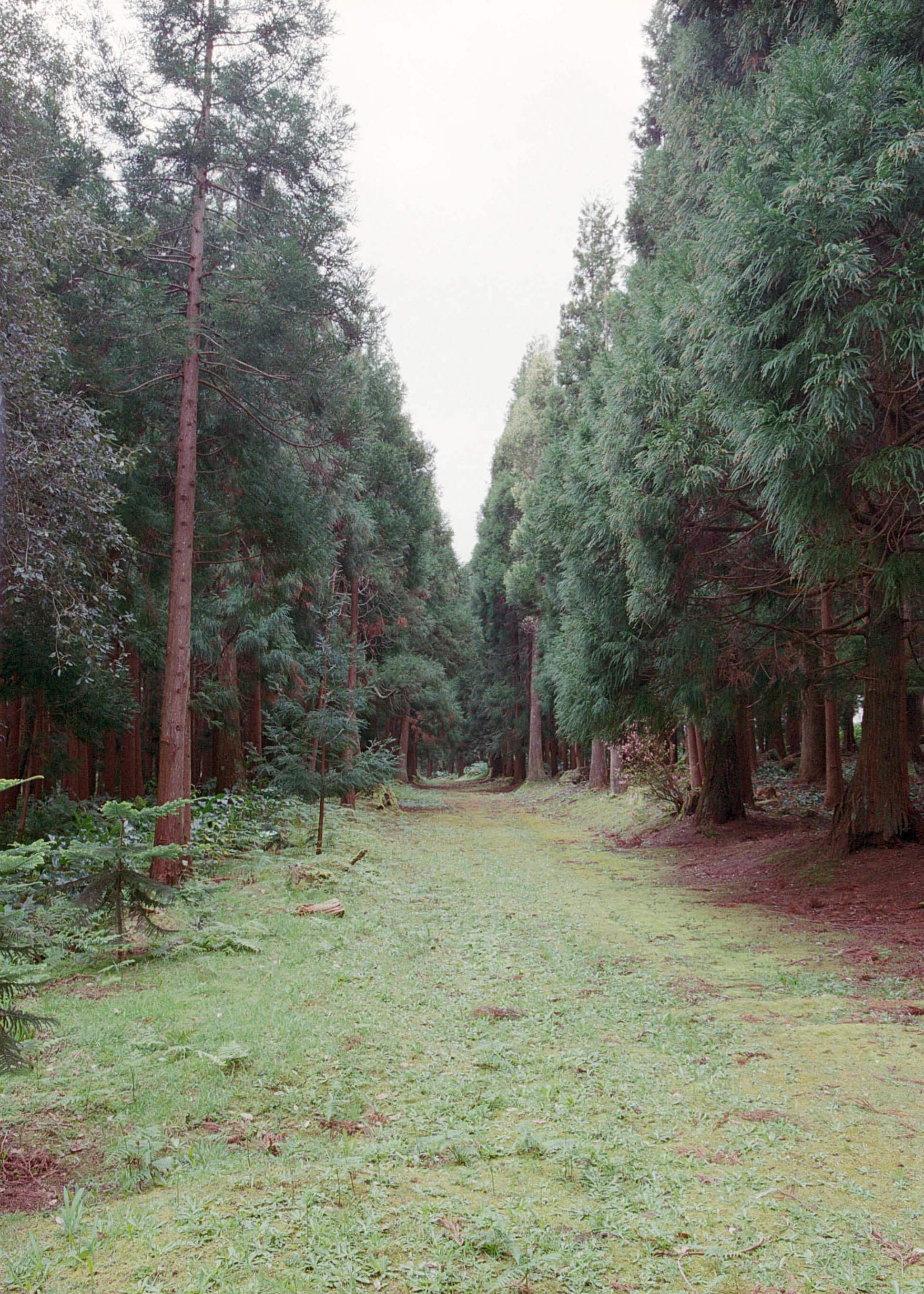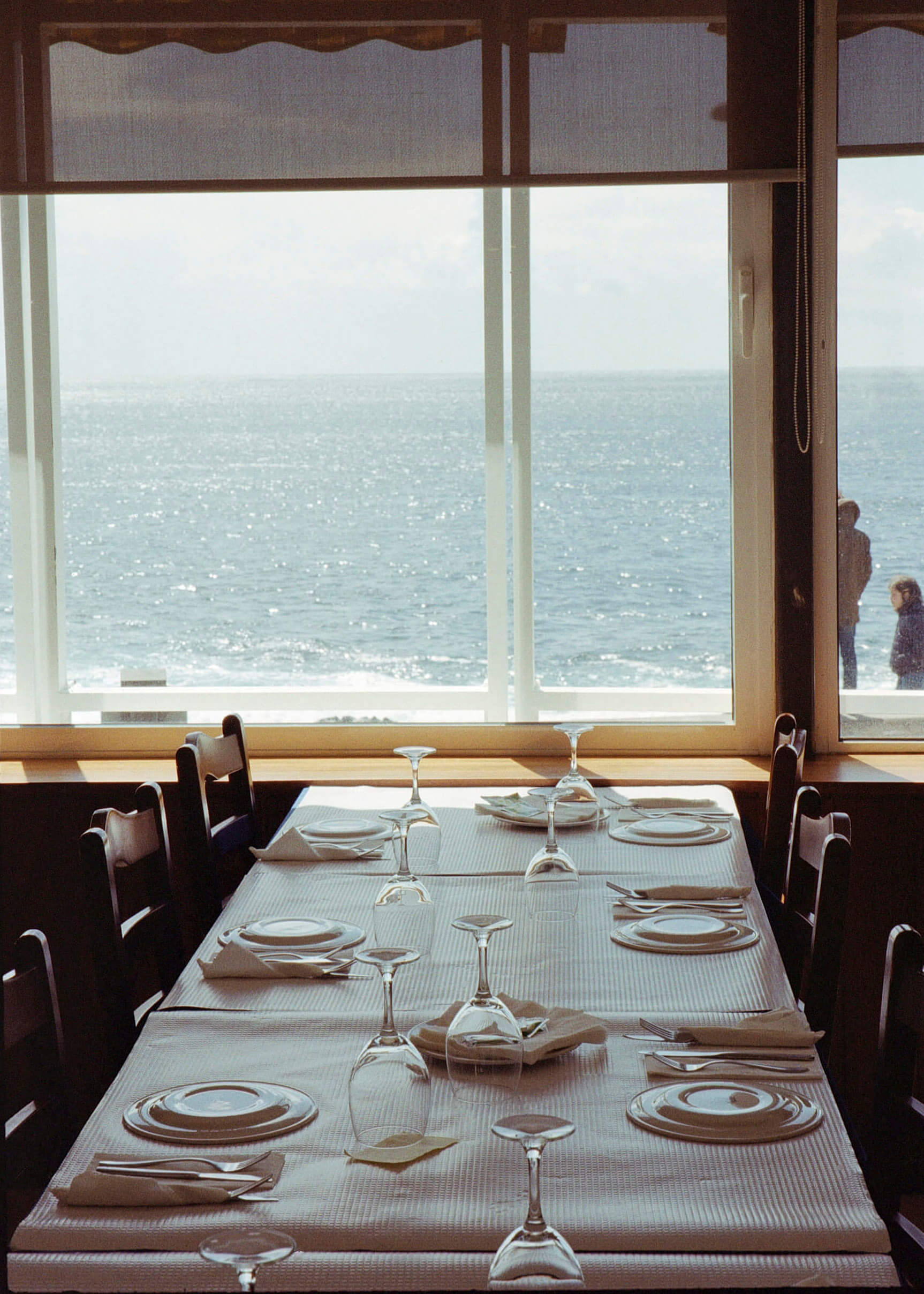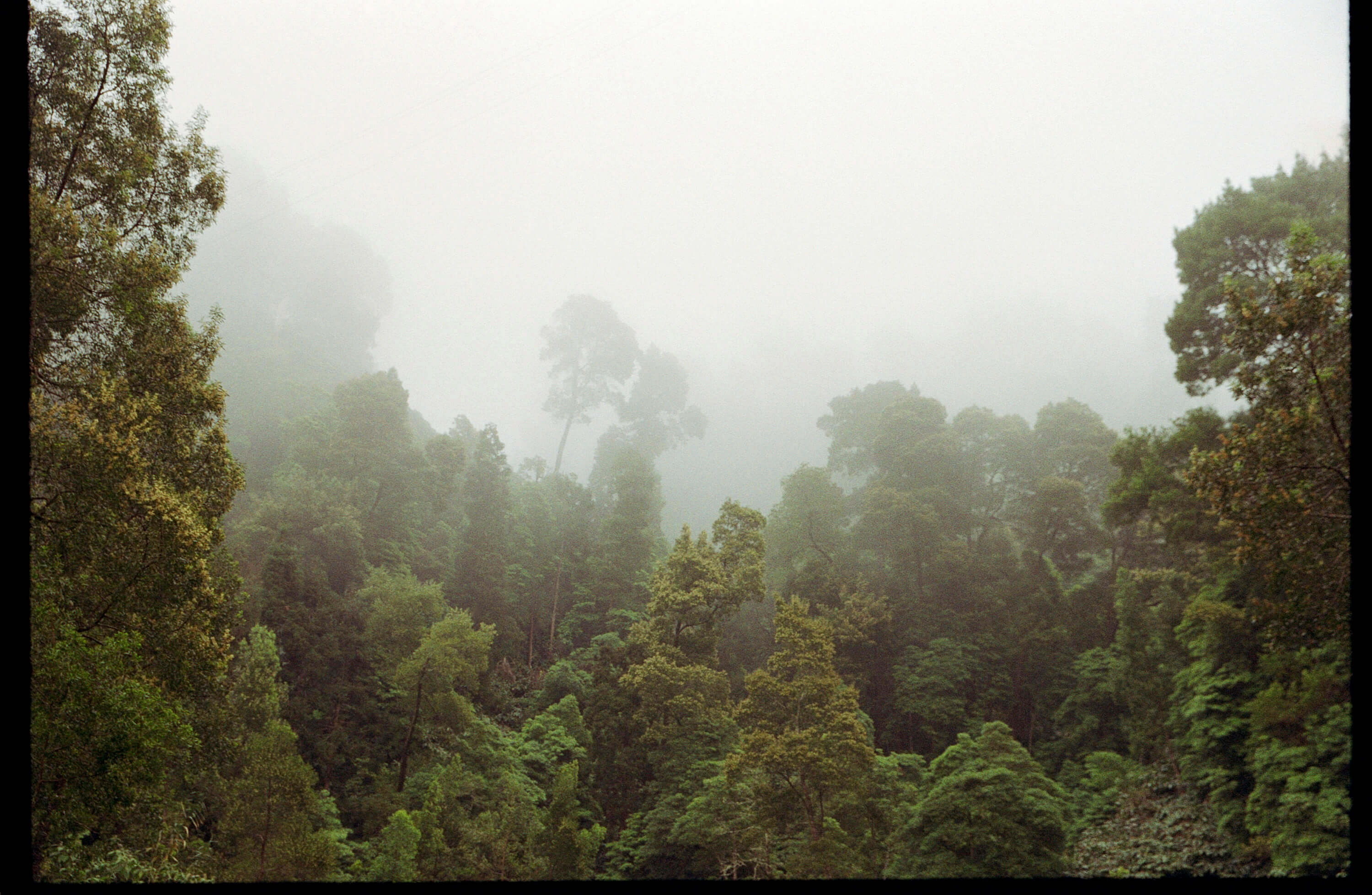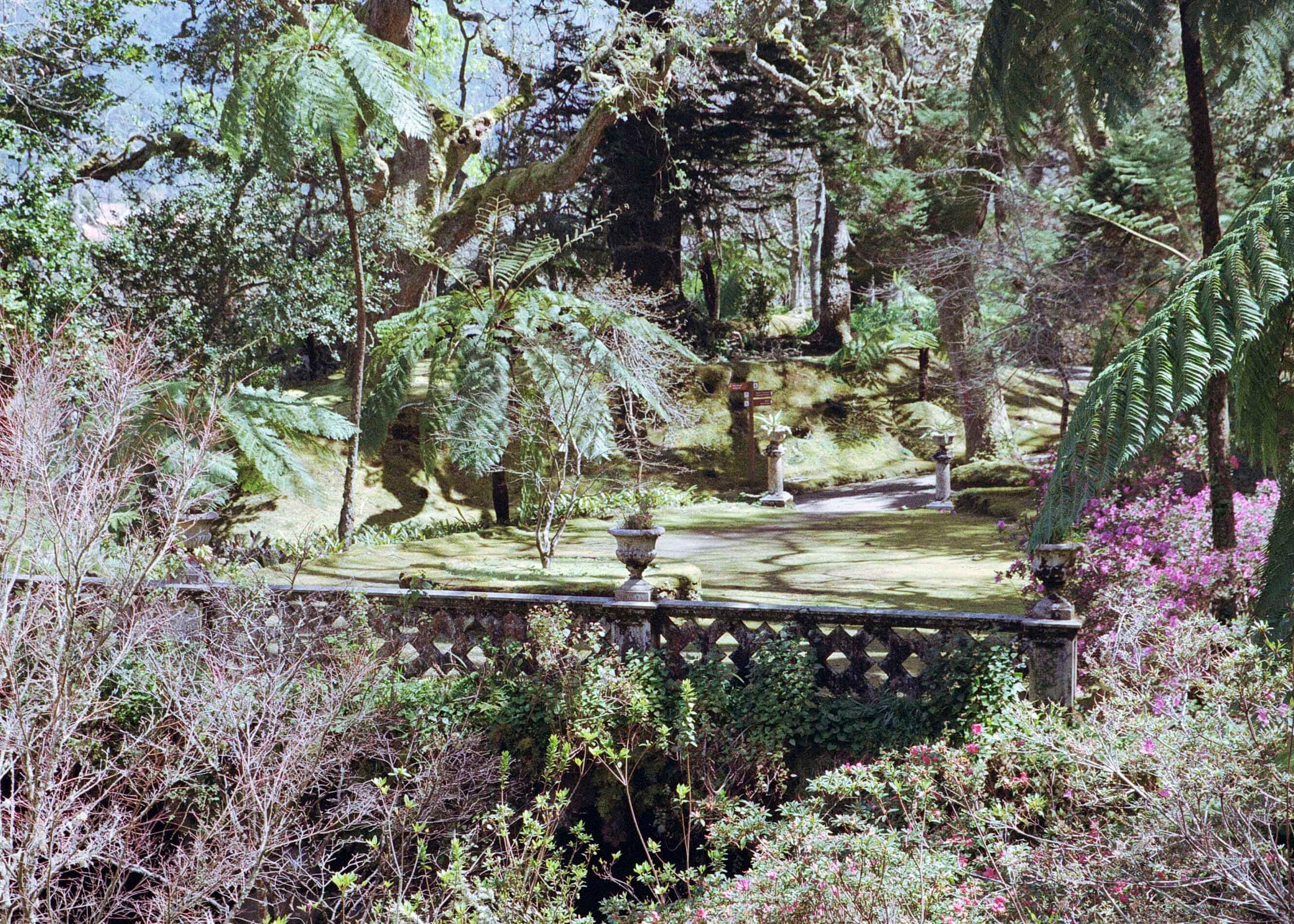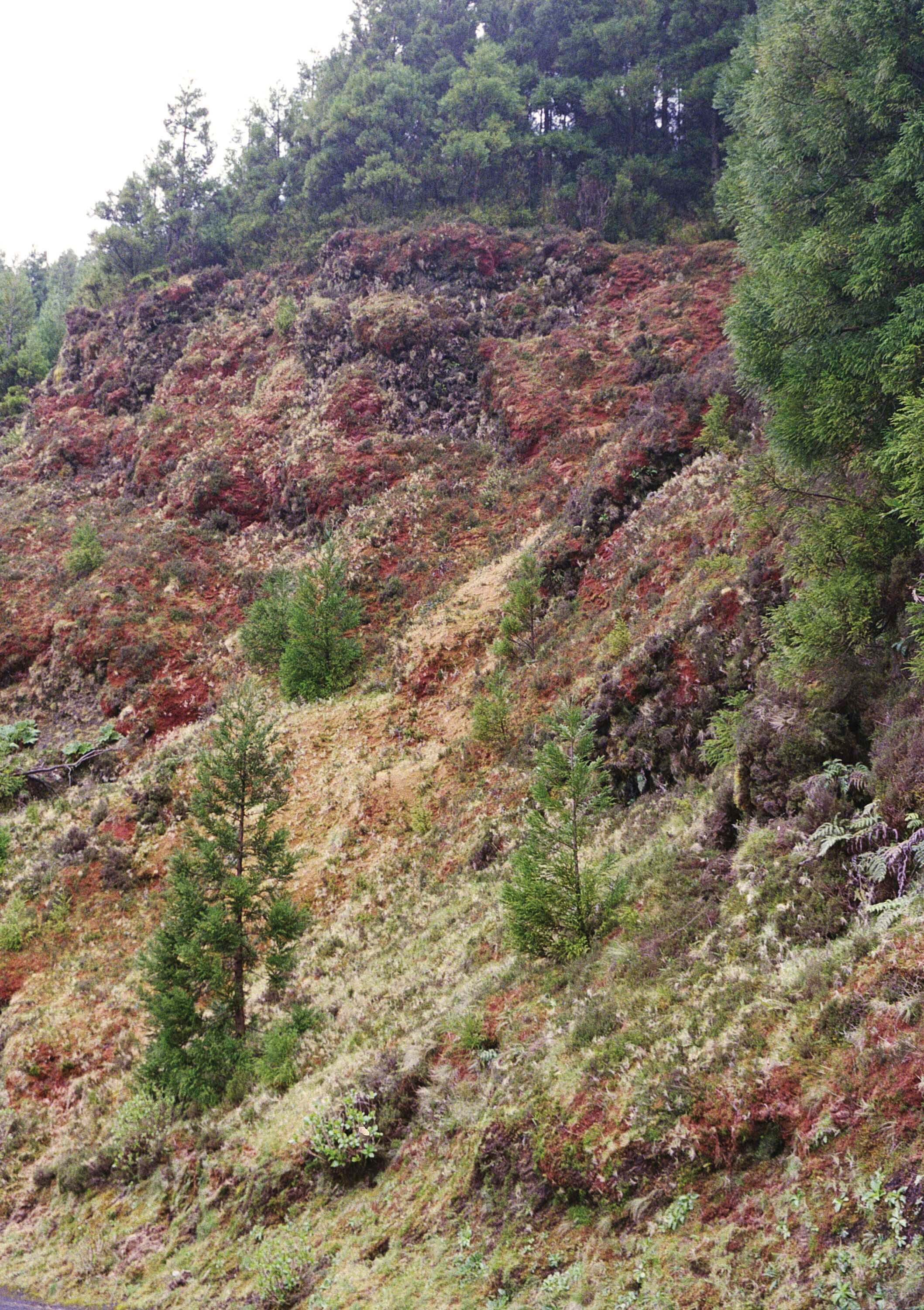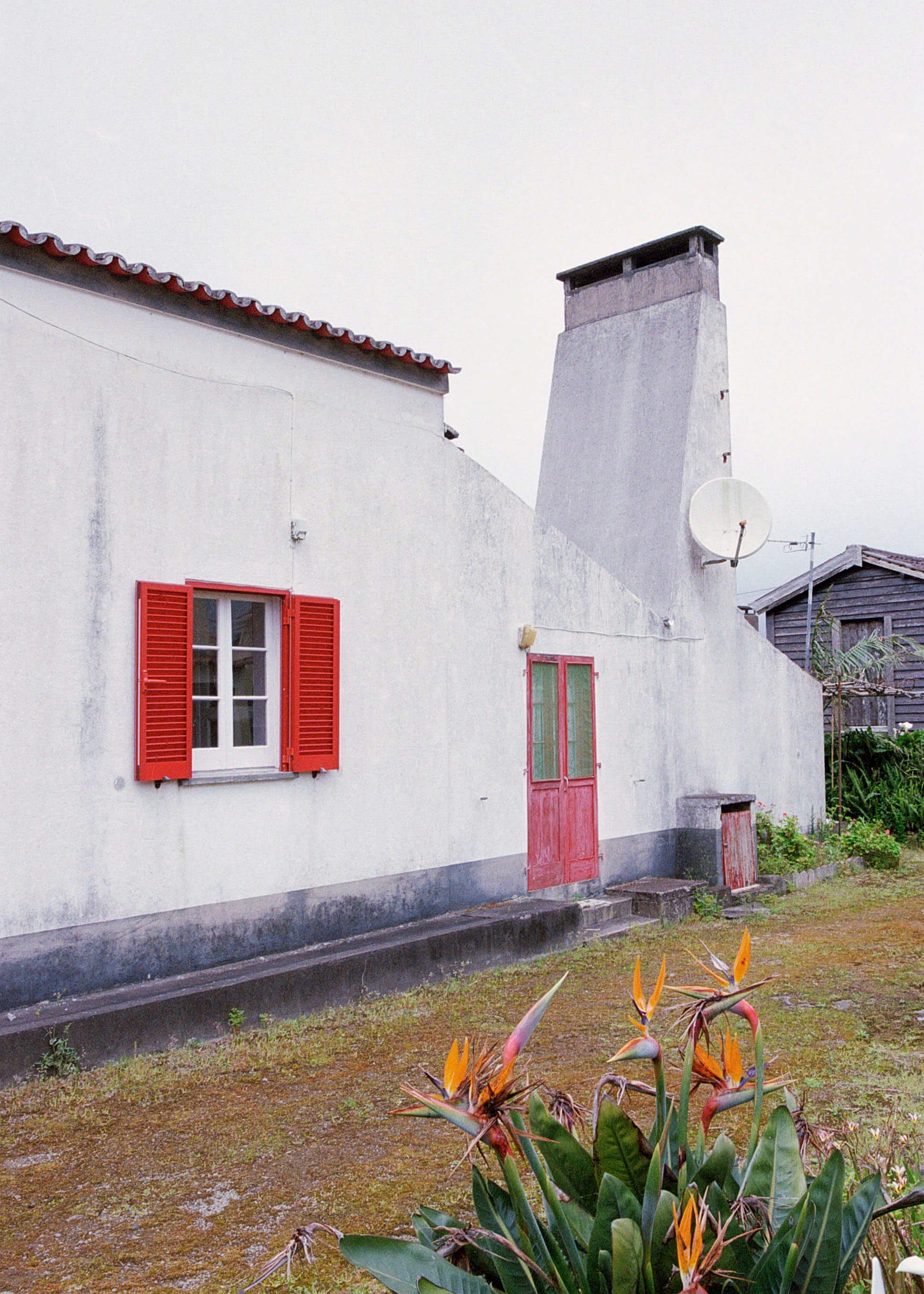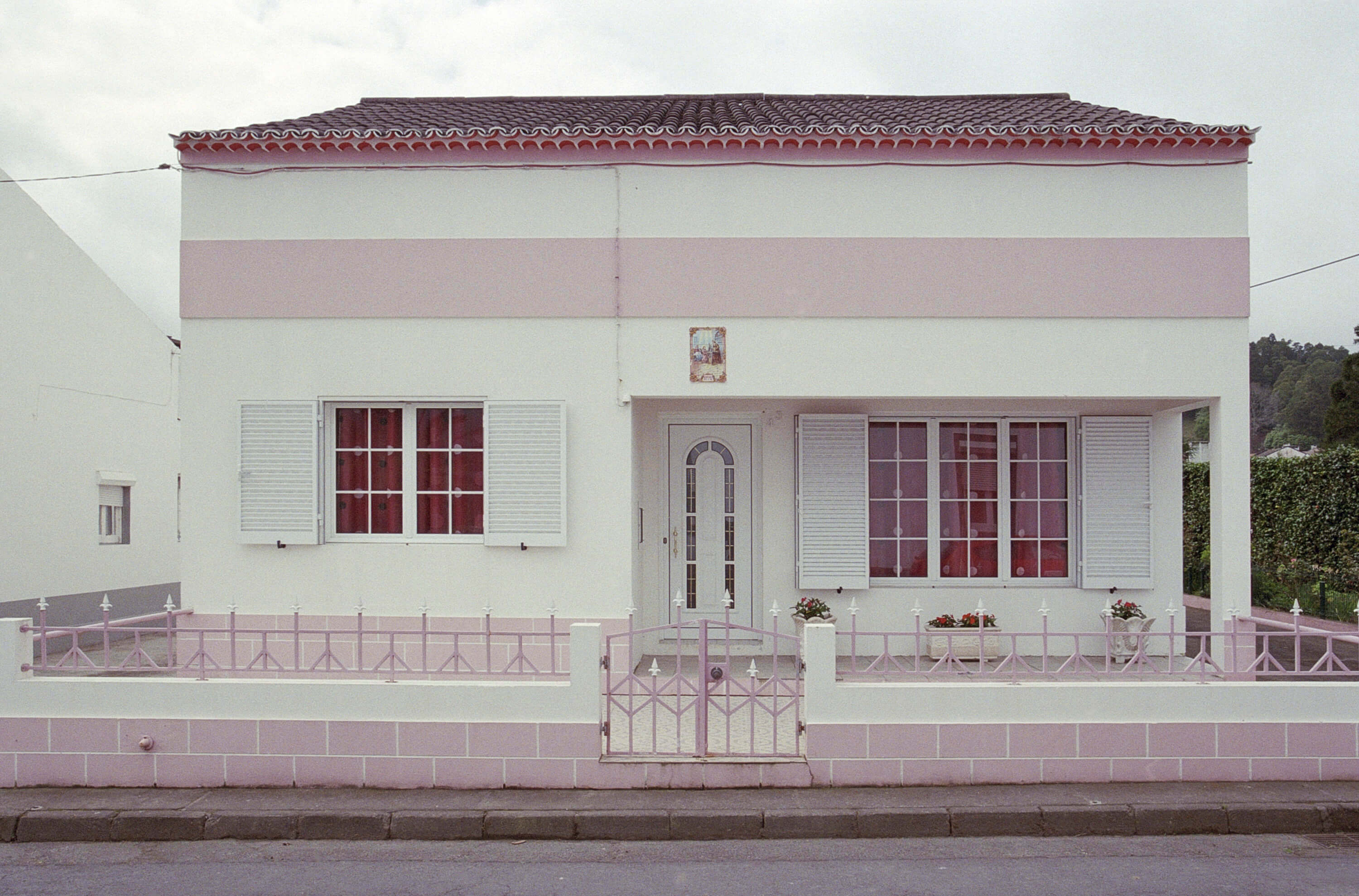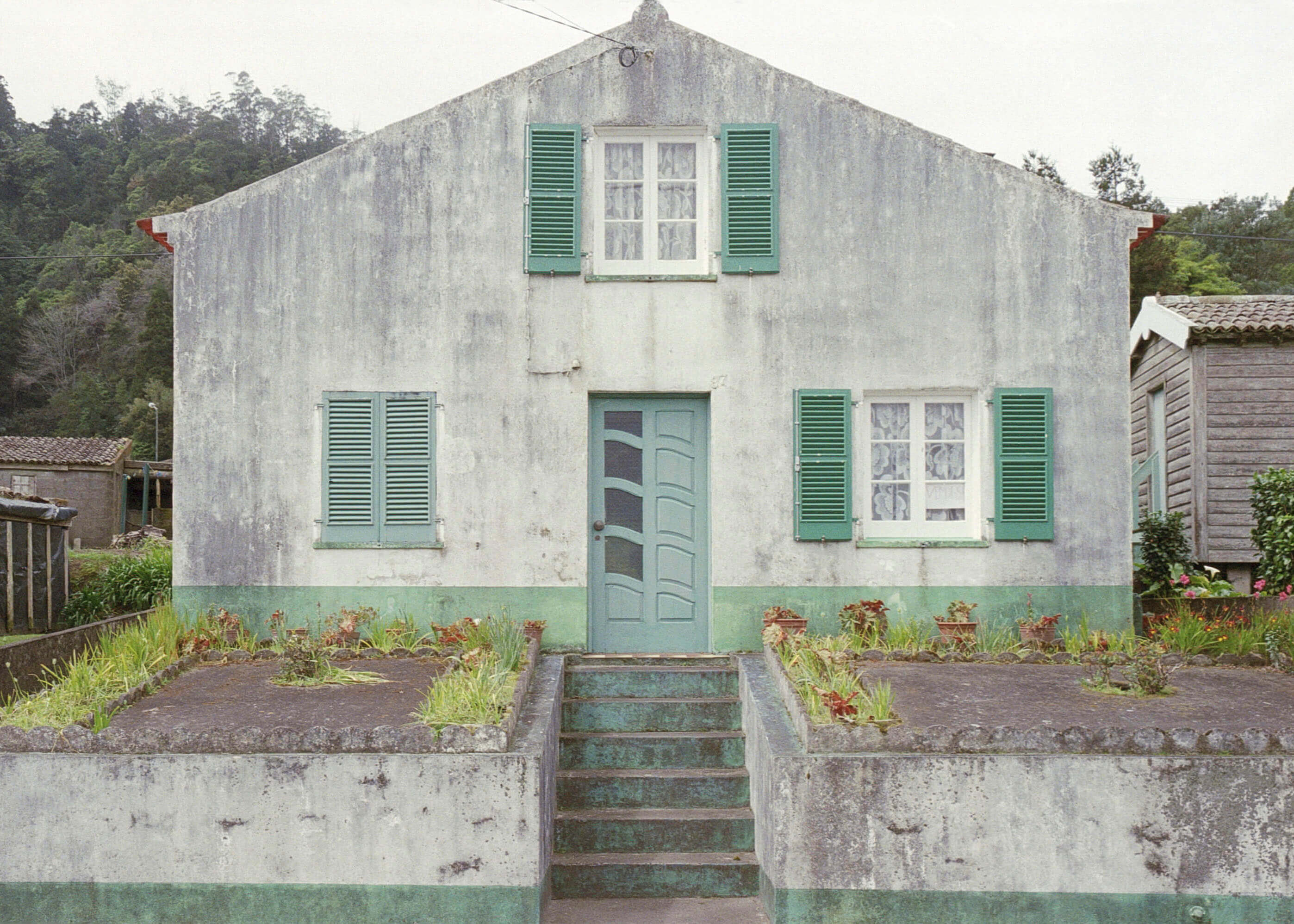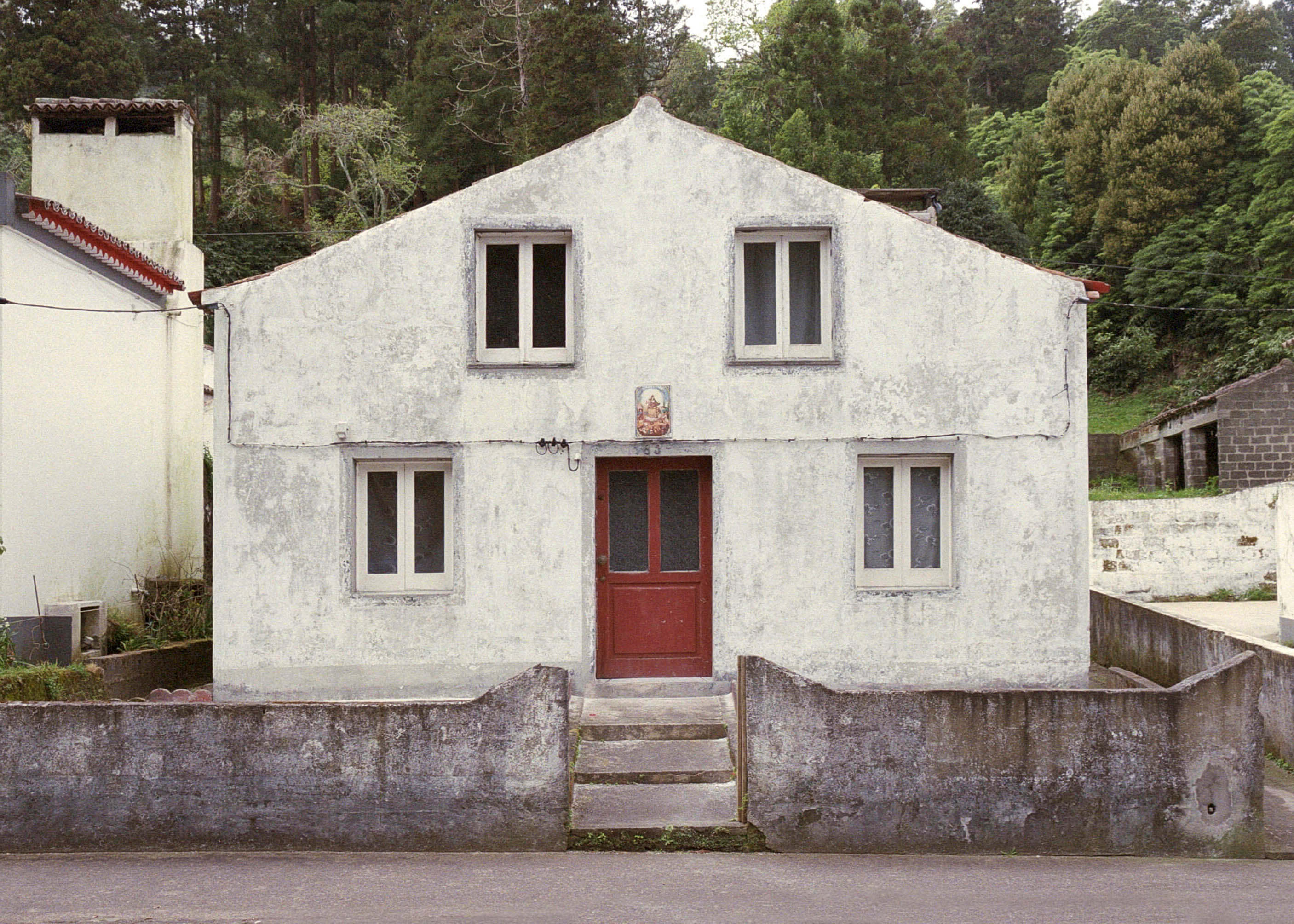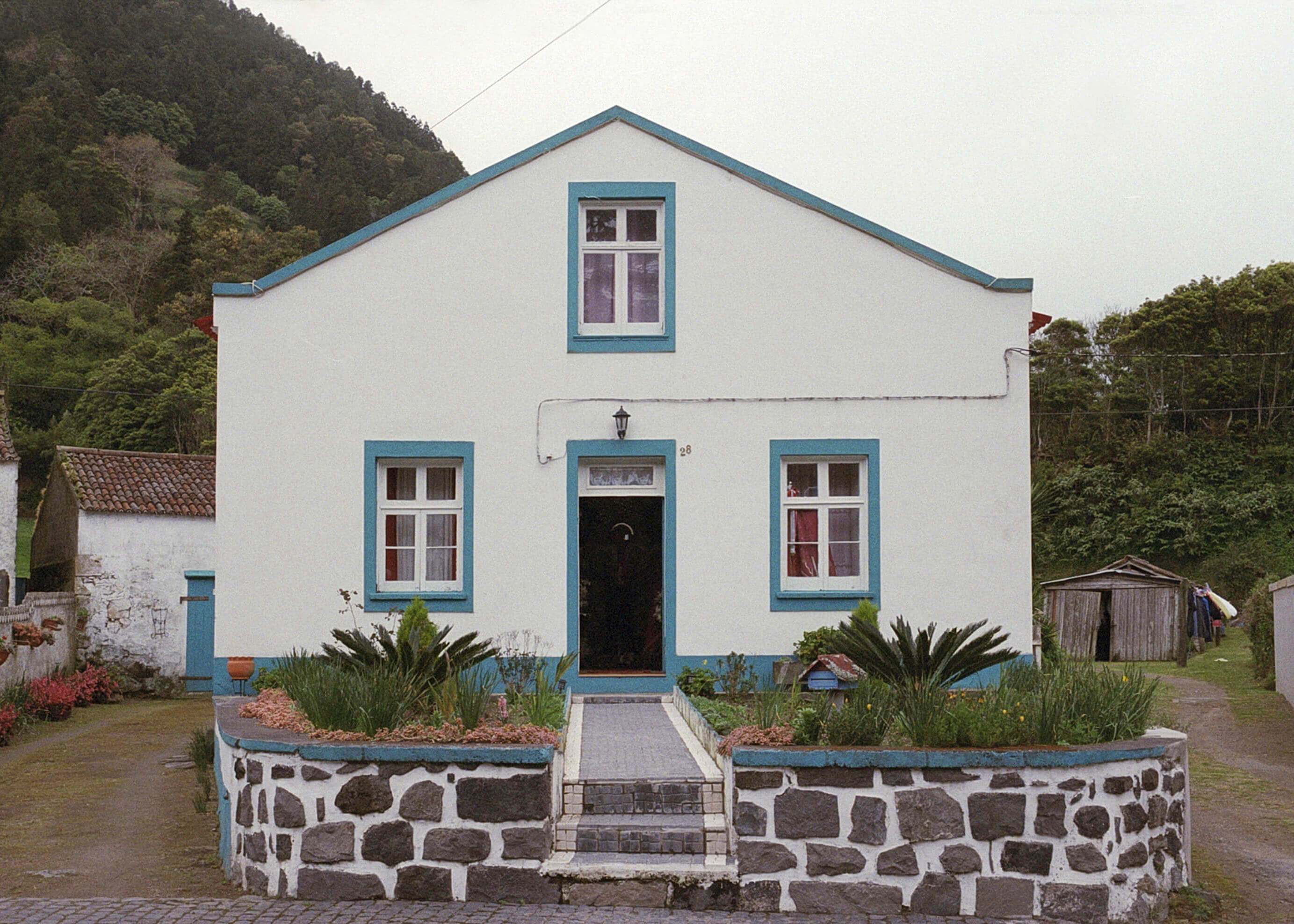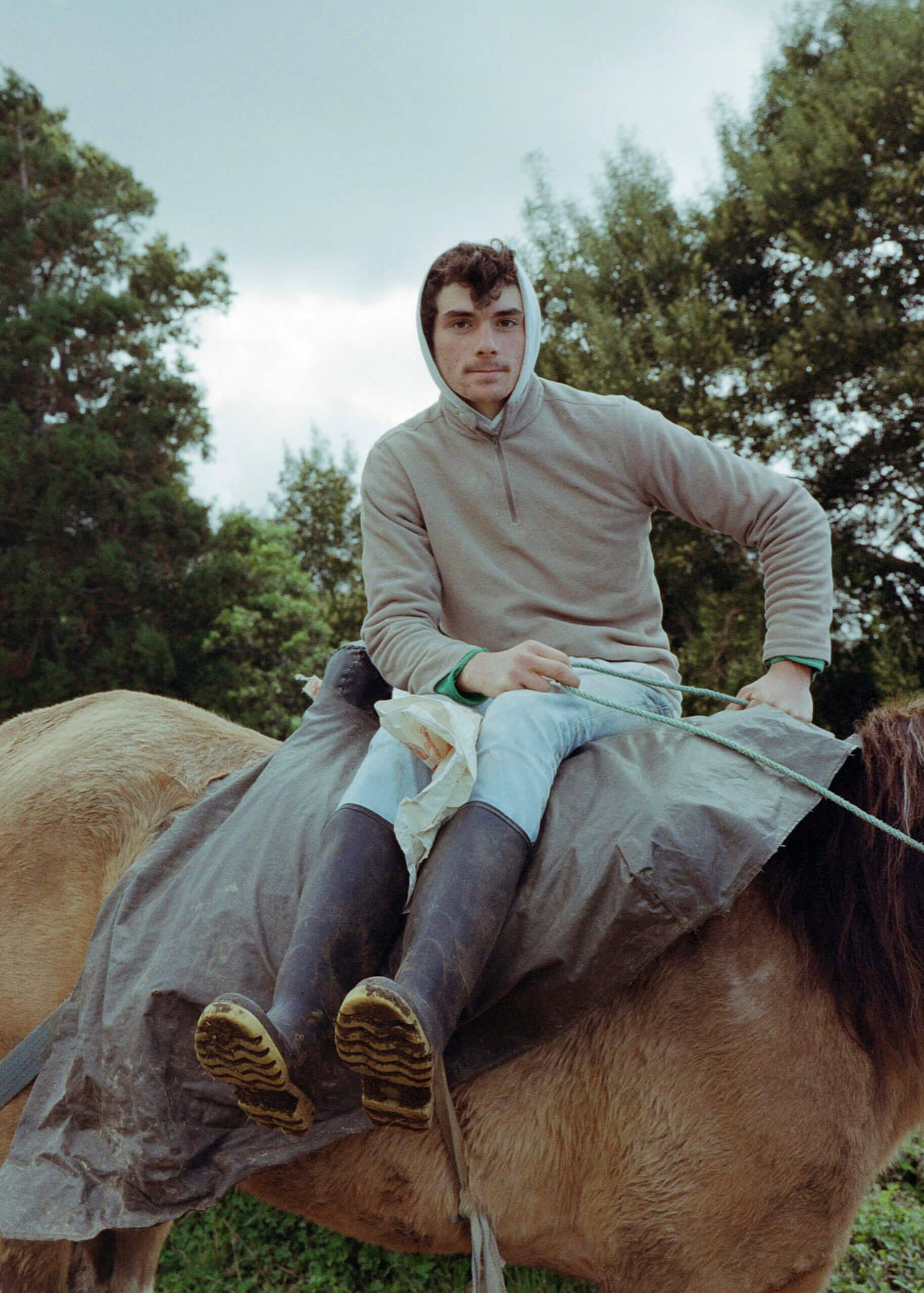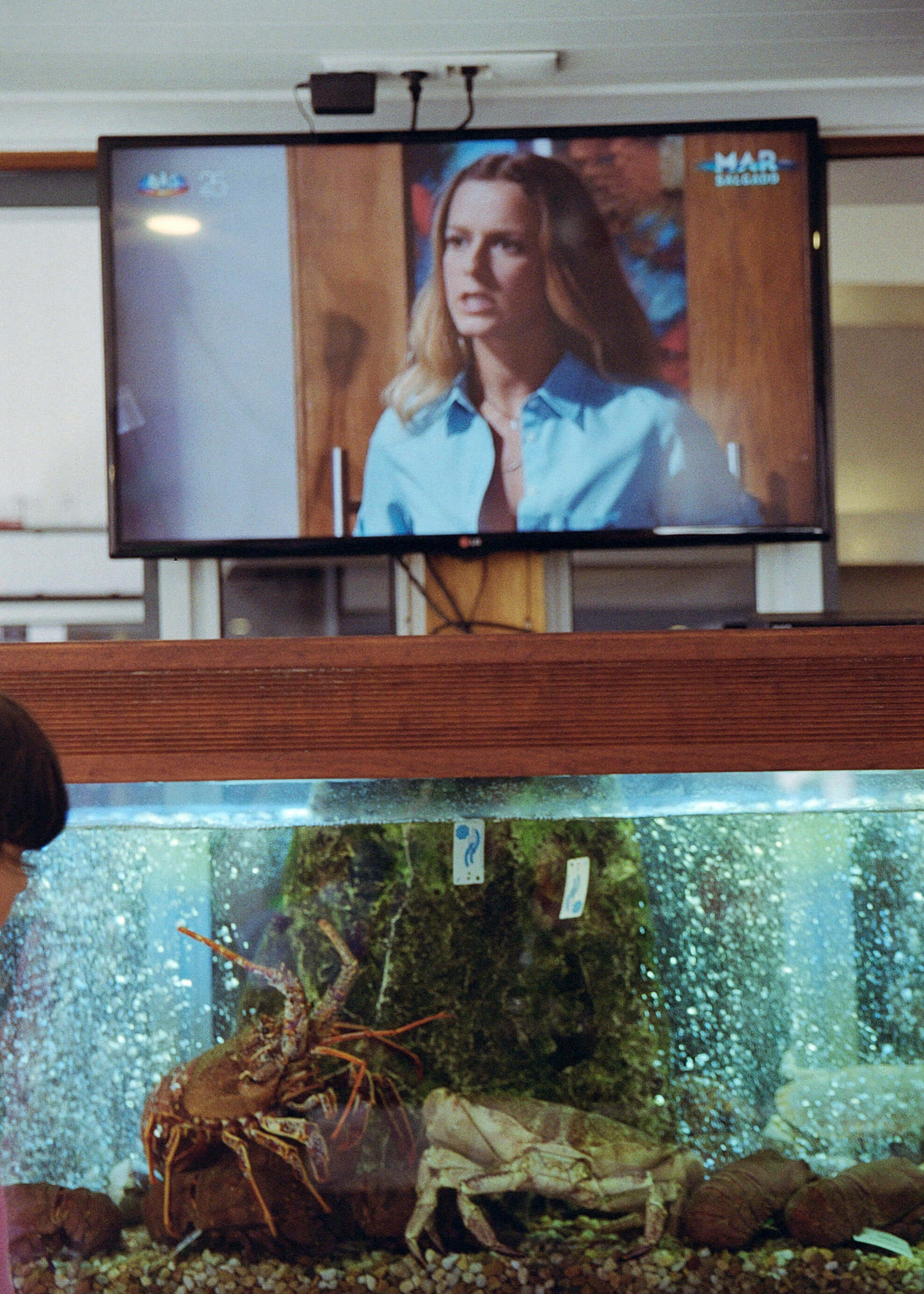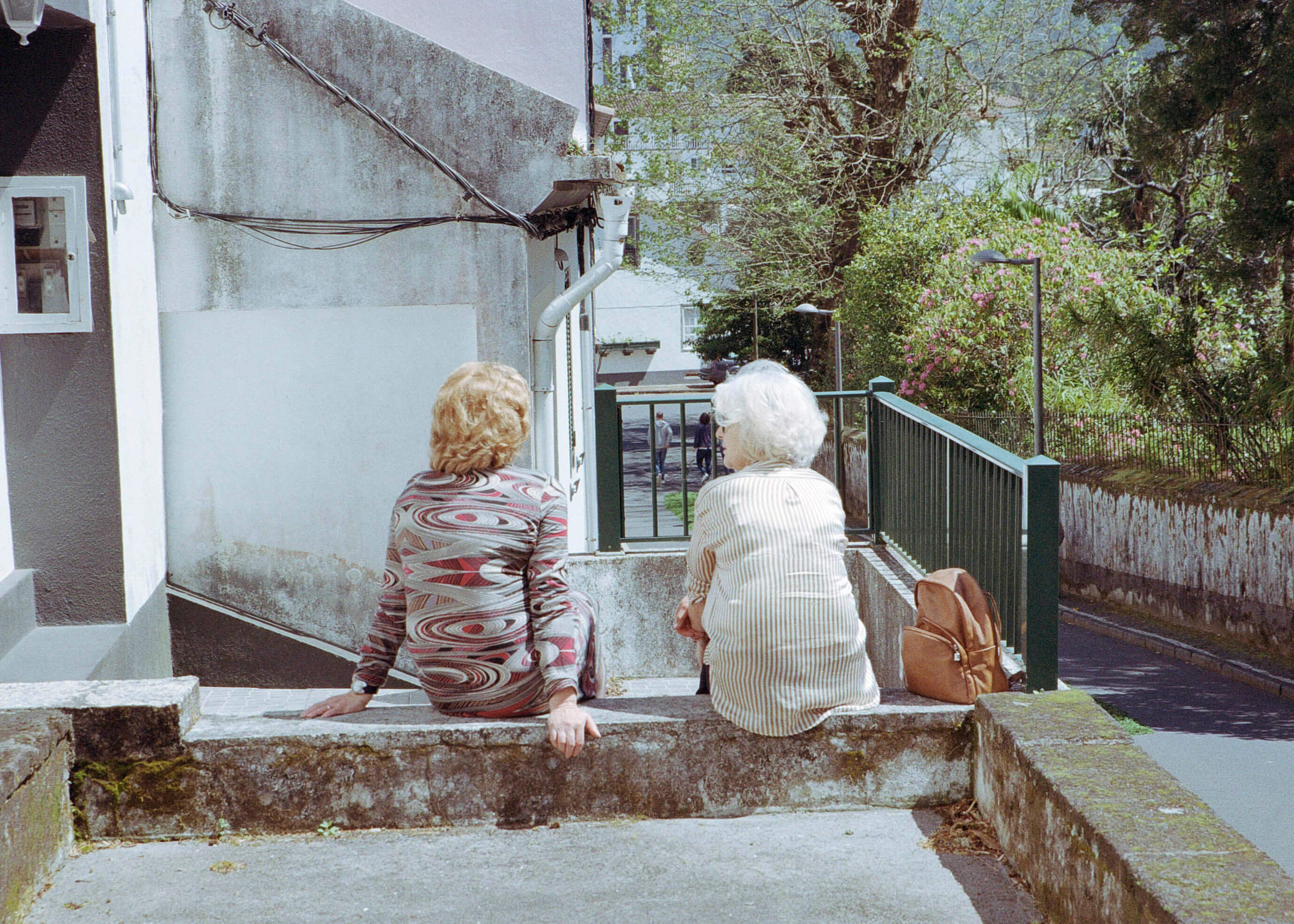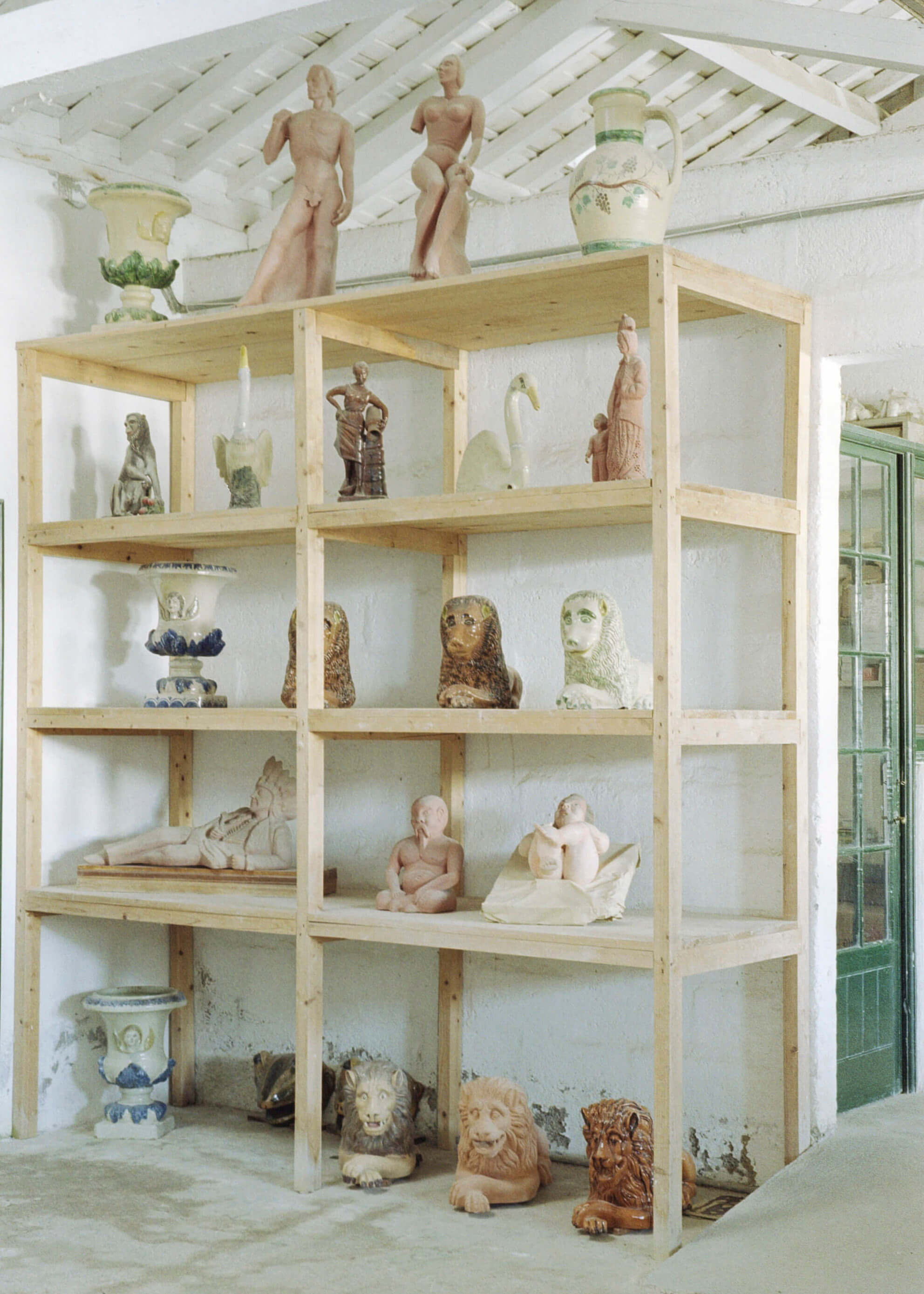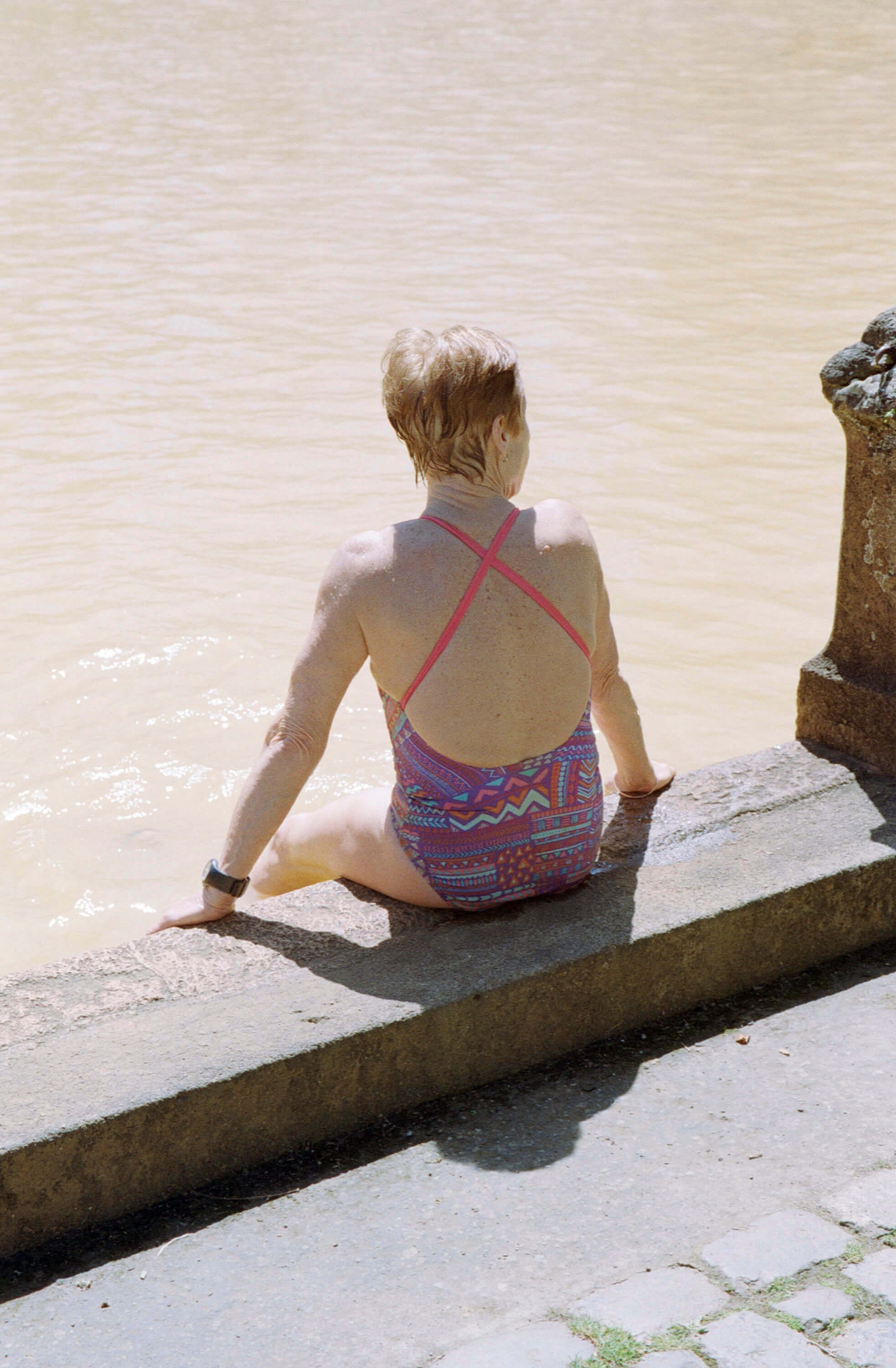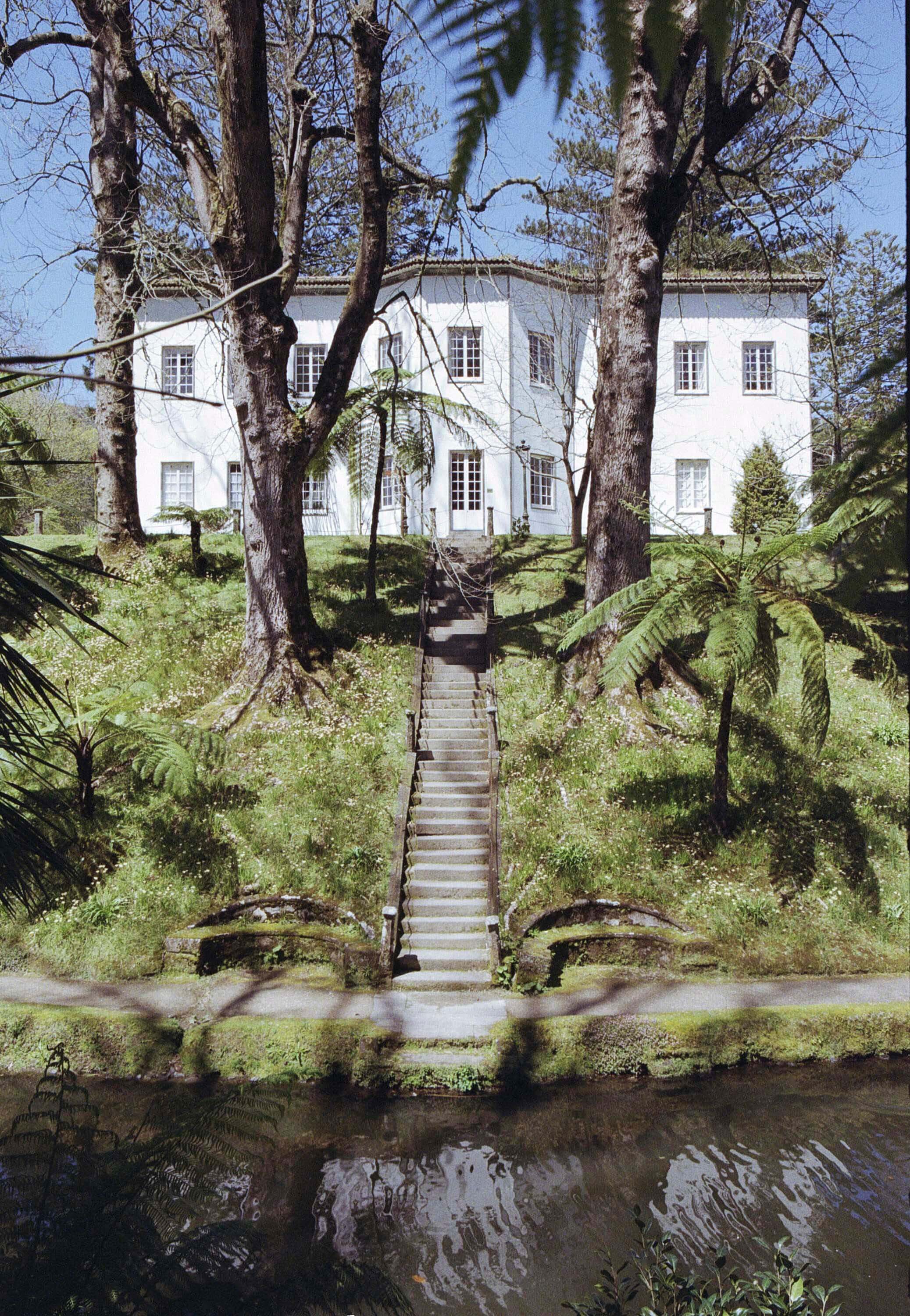São Miguel Island, Azores.
The first thing you come across are the beautiful Arruda pineapple plantations, which for the past one hundred years have split up their pineapples into classes by age, like children. From the age of four months, the pineapples are said to sleep in “warm beds”, in greenhouses warmed with heaters at night, so they all ripen together.
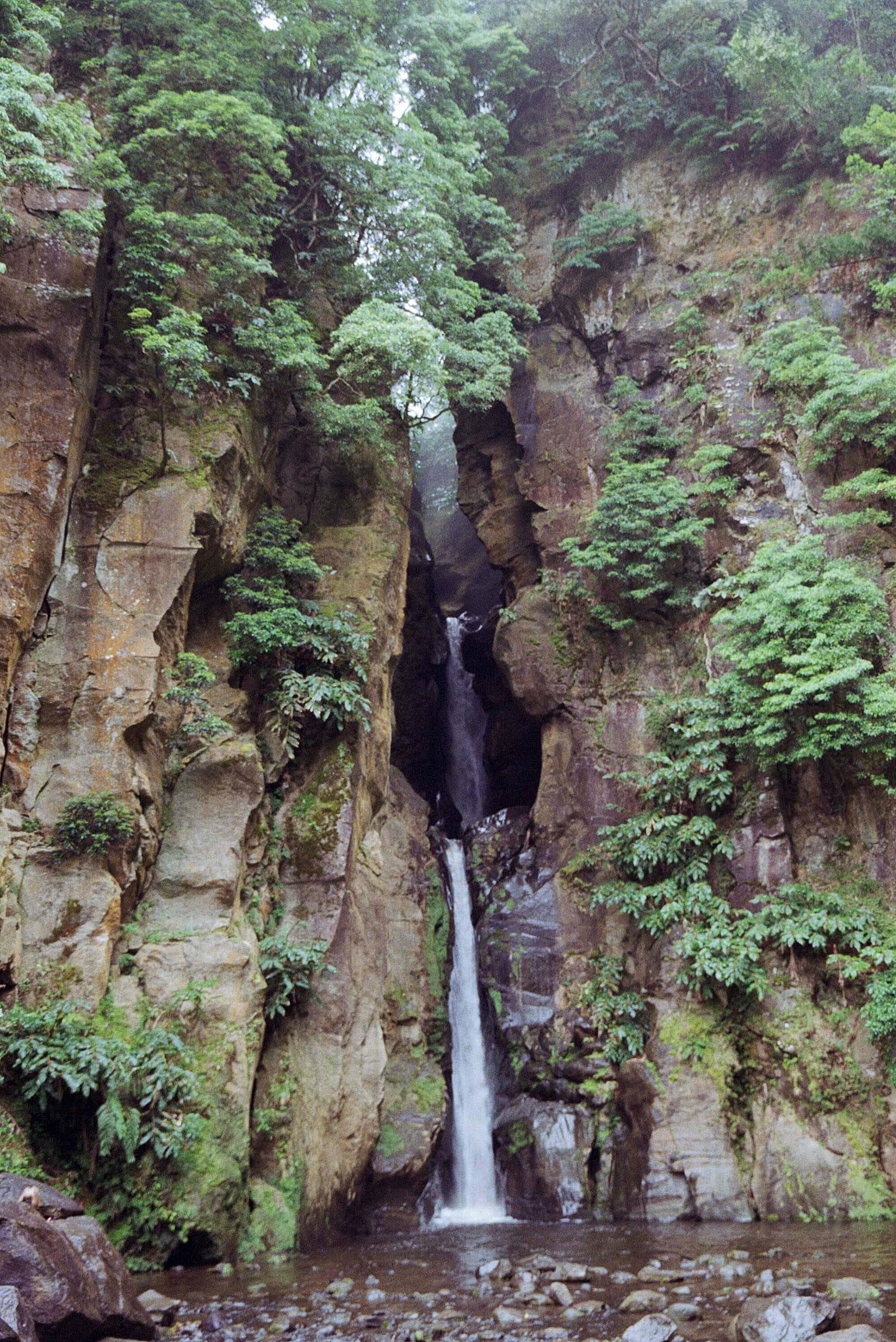
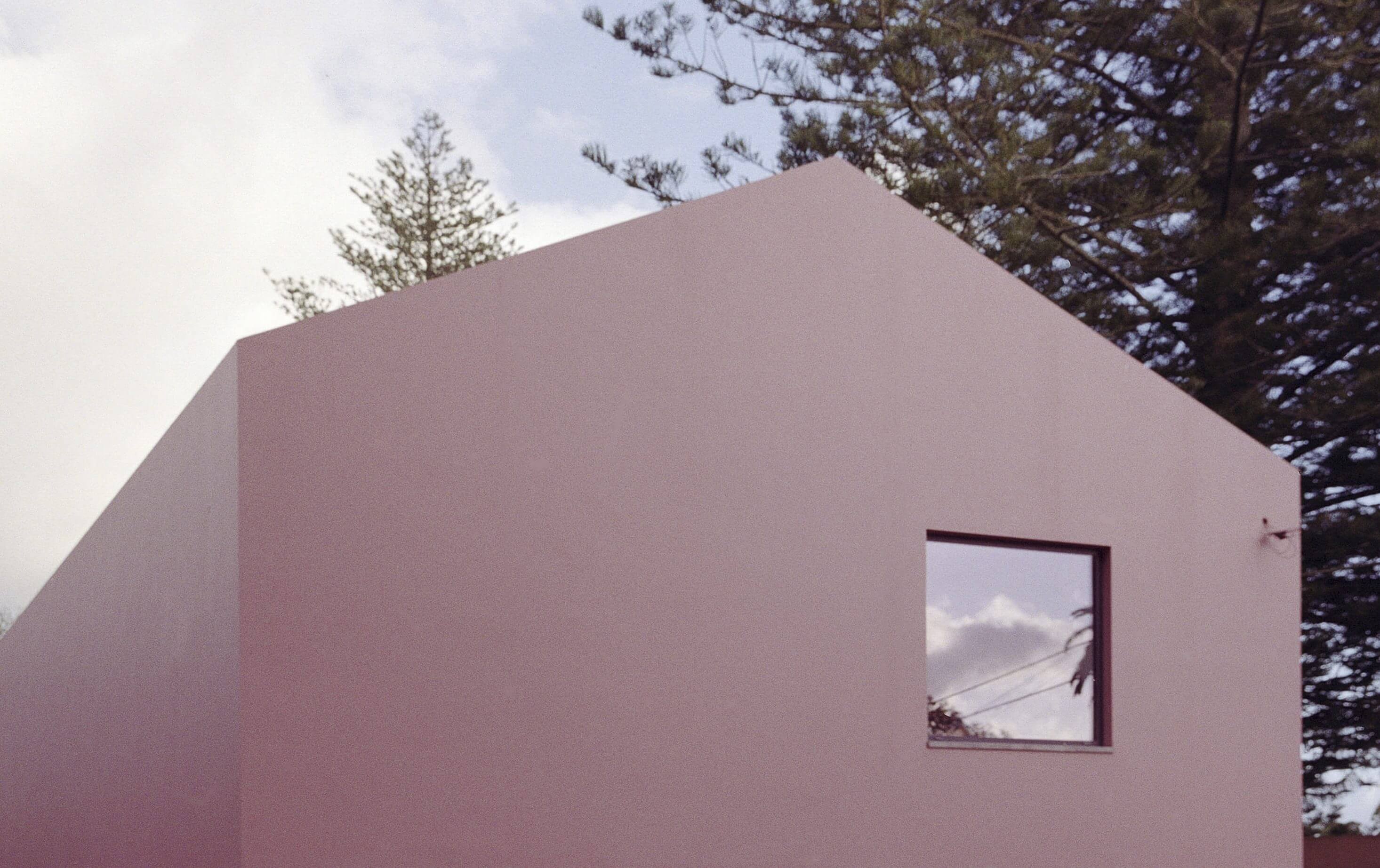
There’s no doubt that the bitter pineapples which Senhora Oliveira and all the women on the island use to make the breakfast jam and the popular, sweet caramelized pineapple cake that ends all the meals come from here. On every island in the archipelago, they use everything good that grows on that particular isle. Hardly anything is imported, hardly anything is exported.
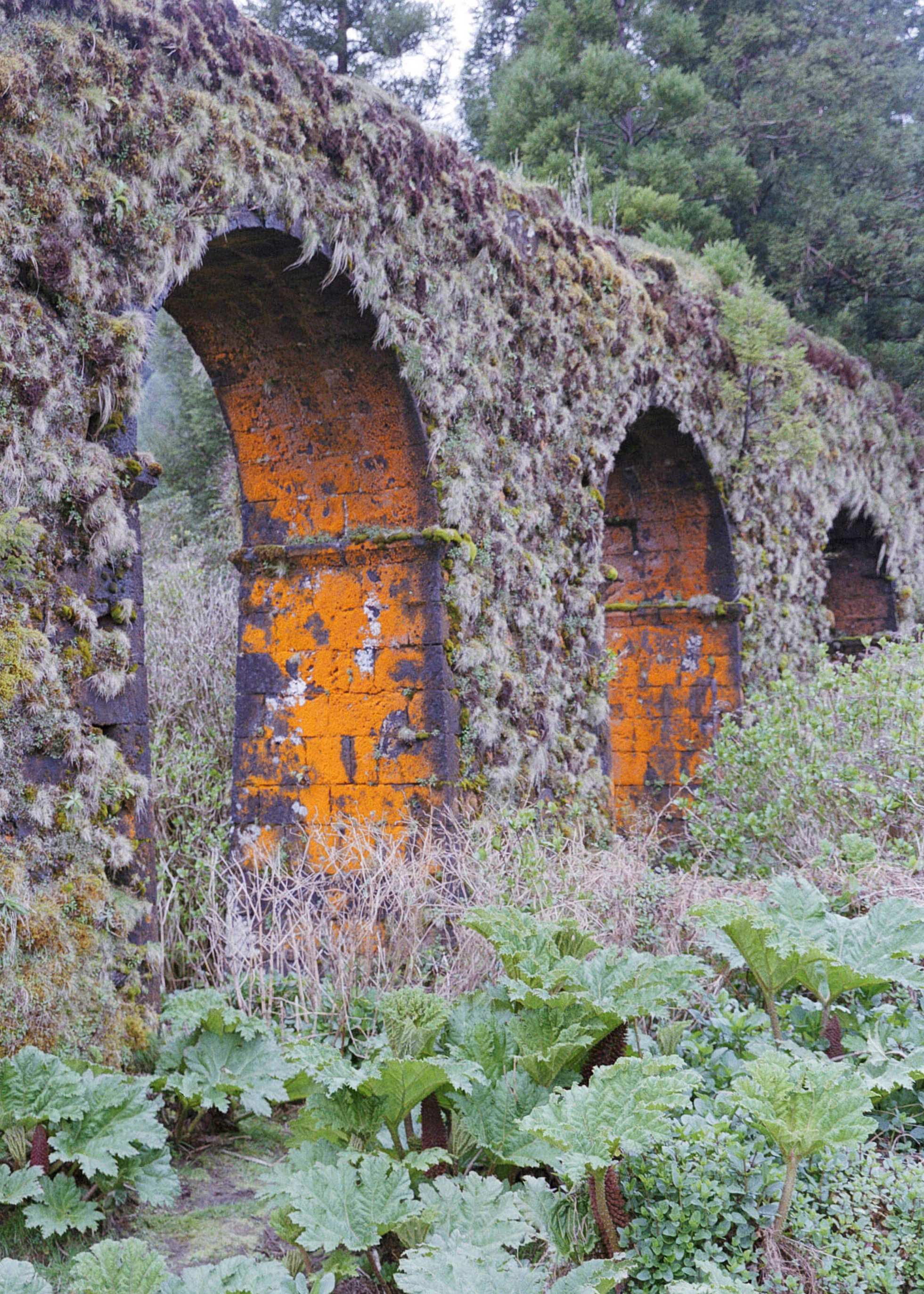
For us, it’s already conjuring up a sense of nostalgia. For the specialities, the trades and the sights that we know are here and nowhere else, because that’s how we’d like the whole visitable world to be still. The pineapples are the Arruda variety, the chá preto, black tea, comes from the terraces of the Gorreana estate, at times from Porto Formoso, in the north, on the other side of the island, the only two commercial tea plantations in Europe. You won’t see any “foreign” brands here.
All the egg, almond and sugar pastries are wrapped up one by one in Vila Franca de Campo following the nuns’ original recipe and then they’re despatched to all the restaurants on the island. They cook the best bolo levedo1and the best cozido2 in Furnas and it’s customary to go to eat them there, while grabbing the opportunity to take a dip in the warm, dark springs. For an island that’s 62 kilometres long and 16 wide, you might say you can understand why they jump in the car to satisfy a craving.
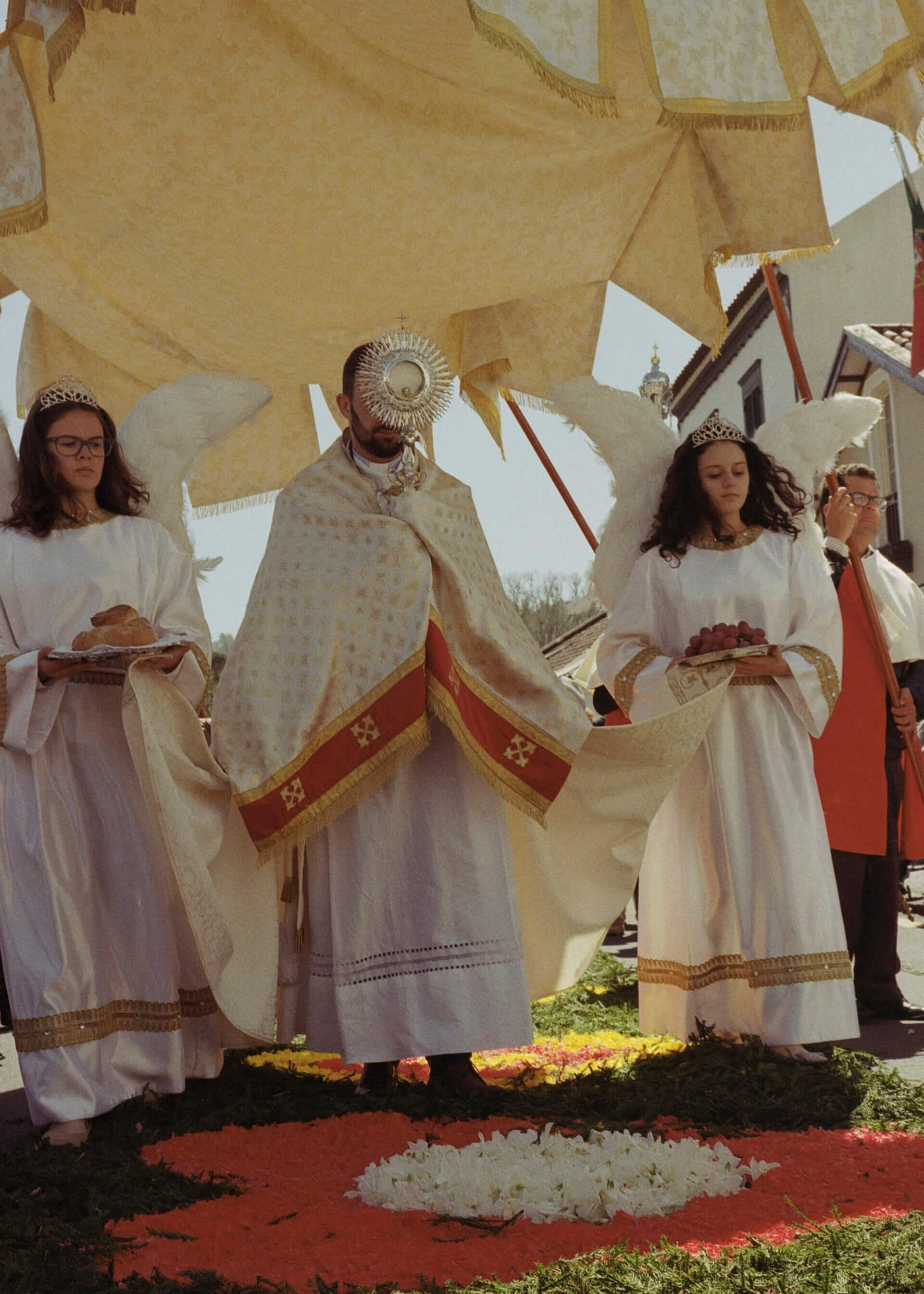
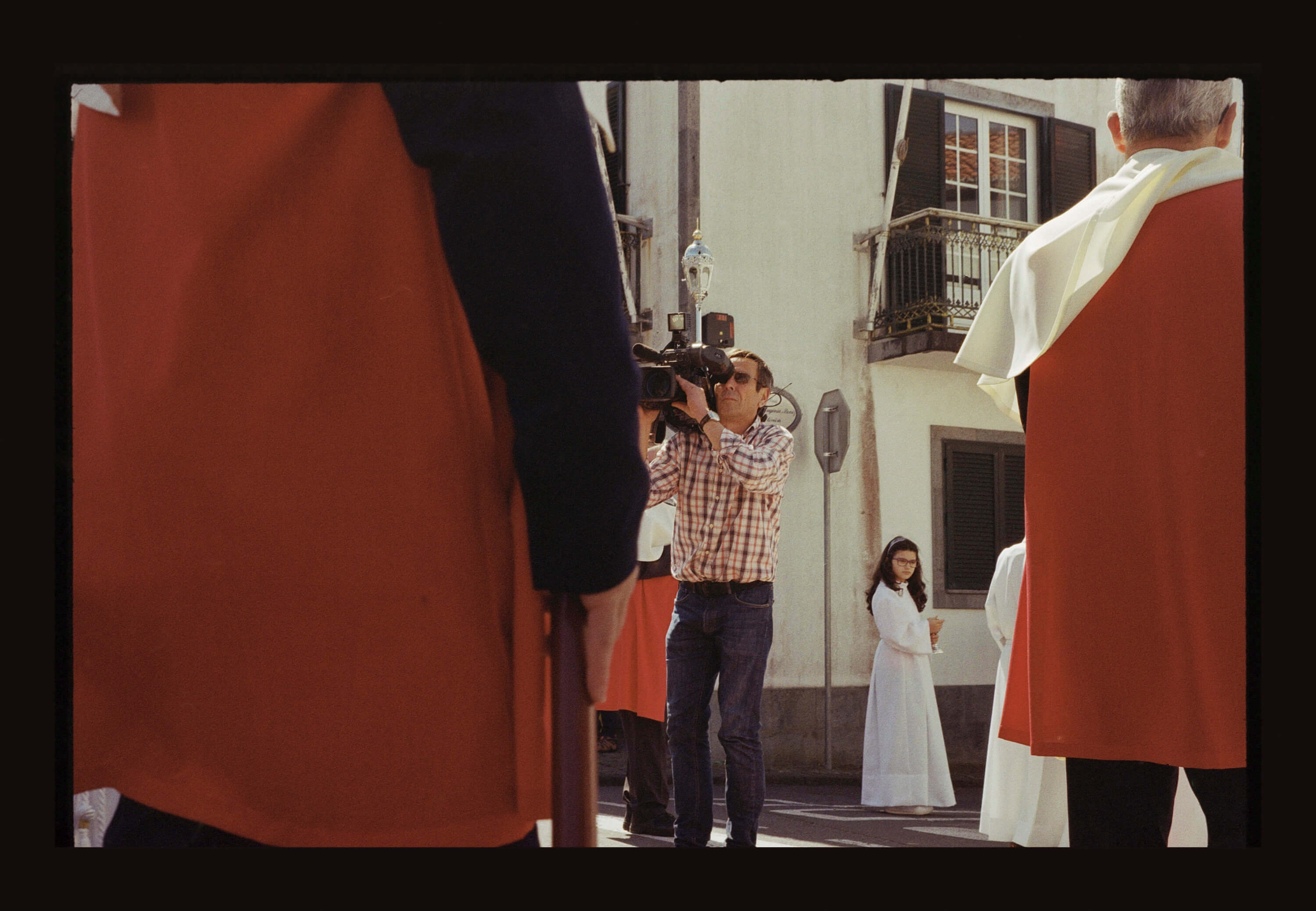
For an island in the middle of the Atlantic Ocean, geographically torn between America, Europe and Africa, it’s the custom to celebrate what is available and therefore unique.
They are certainties that endear life in the Azores to the most genuine and romantic visitors’ souls. Everything we know and love about the island, we learnt from Joana (who now lives in Italy), knowing that every evening we’d go back to sleep in the Pink House. The procession with the band in Furnas, the natural history collection at the Museu Carlos Machado, the Terra Nostra thermal water pool and botanical gardens, the descent to the Lagoa do Fogo, the day’s catch at the harbour café in Caloura, the steak with garlic cloves at Alcides, the most famous and juicy in the town, Sete Cicades, the risotto with lapas, limpets, and fried sprats at Mané Cigano, lunchtimes only, before the queue forms along the street, the Archipelago arts centre.
Too much good food, but then, we are in Portugal. At the start of this story we were driving towards the Pink House on Rua José Medeiros Cogumbreiro for the first time. We went past a stone gateway towards a wood of a wild beauty which seemed to have been put there just to make us marvel all the more. The pink-coloured walls started and with them a tropical Eden, abounding with peace, birds and butterflies. “All the pink houses you’ve been past to get here belong to our family”. Along the other road suggested by our iPhone, we’d drive the car between high volcanic stone walls enclosing deserted fields of cows, not knowing if the car was narrow enough not to scratch the bodywork.
